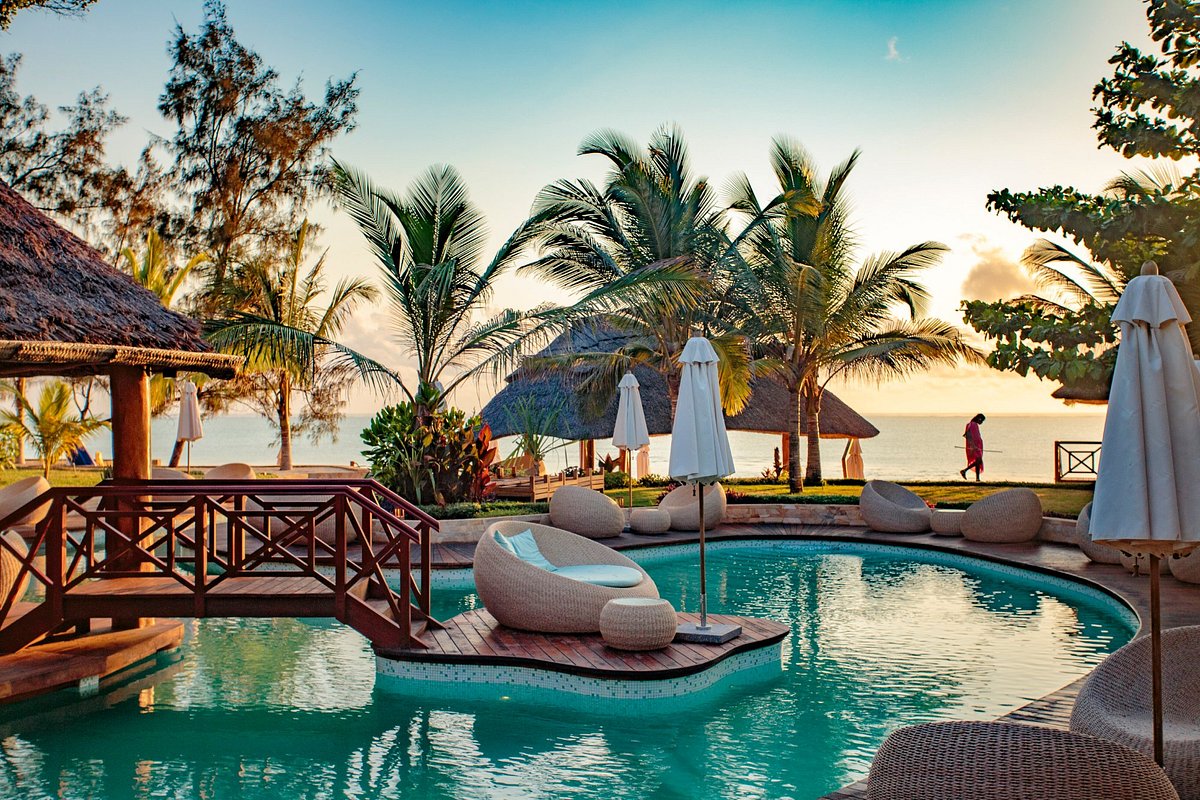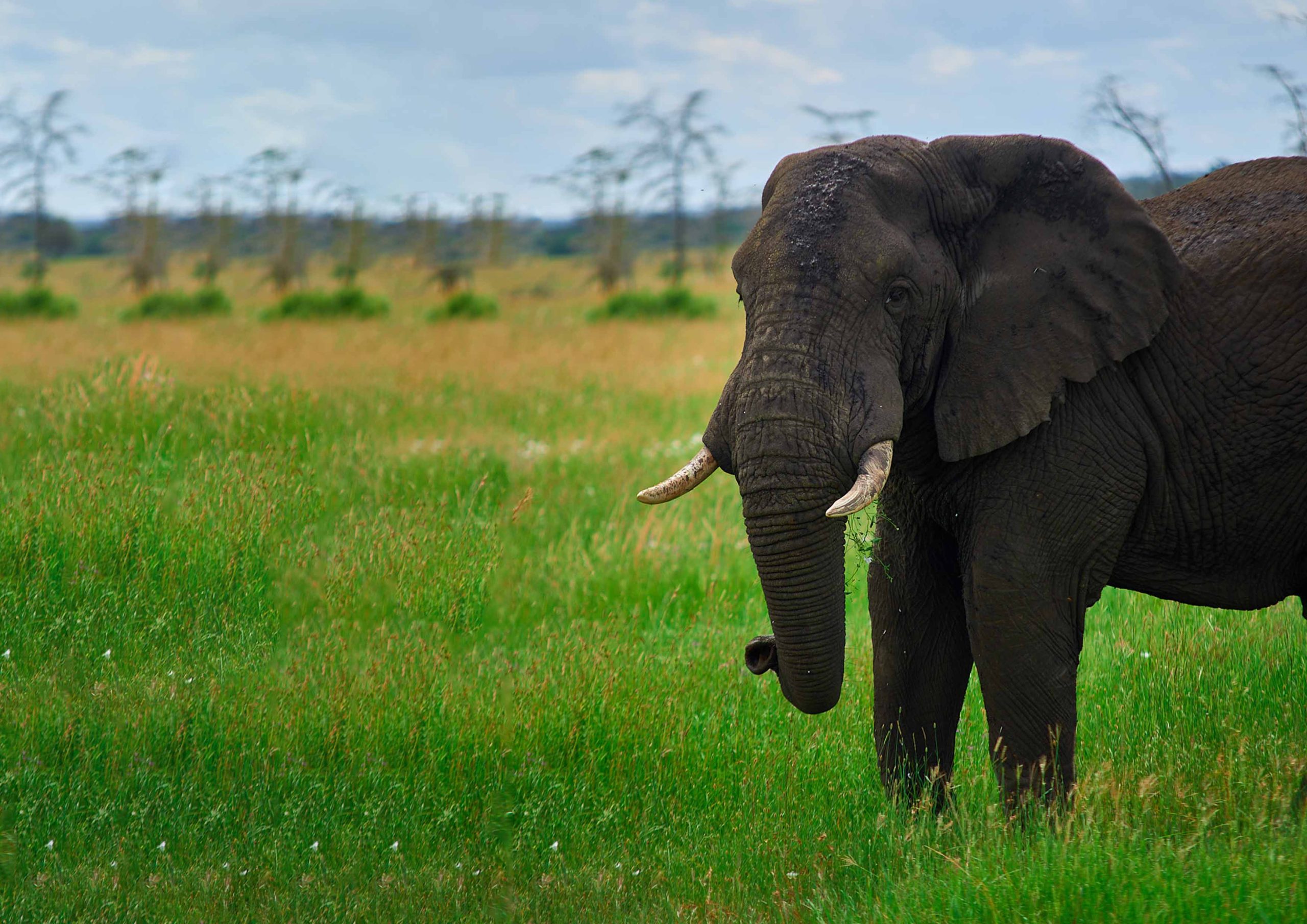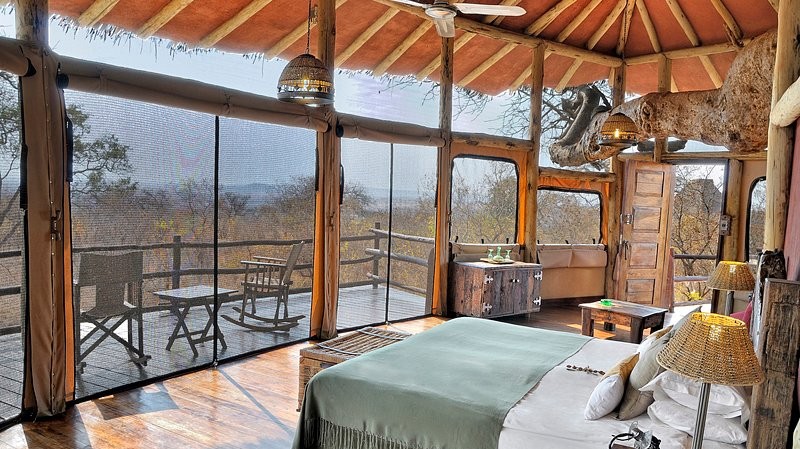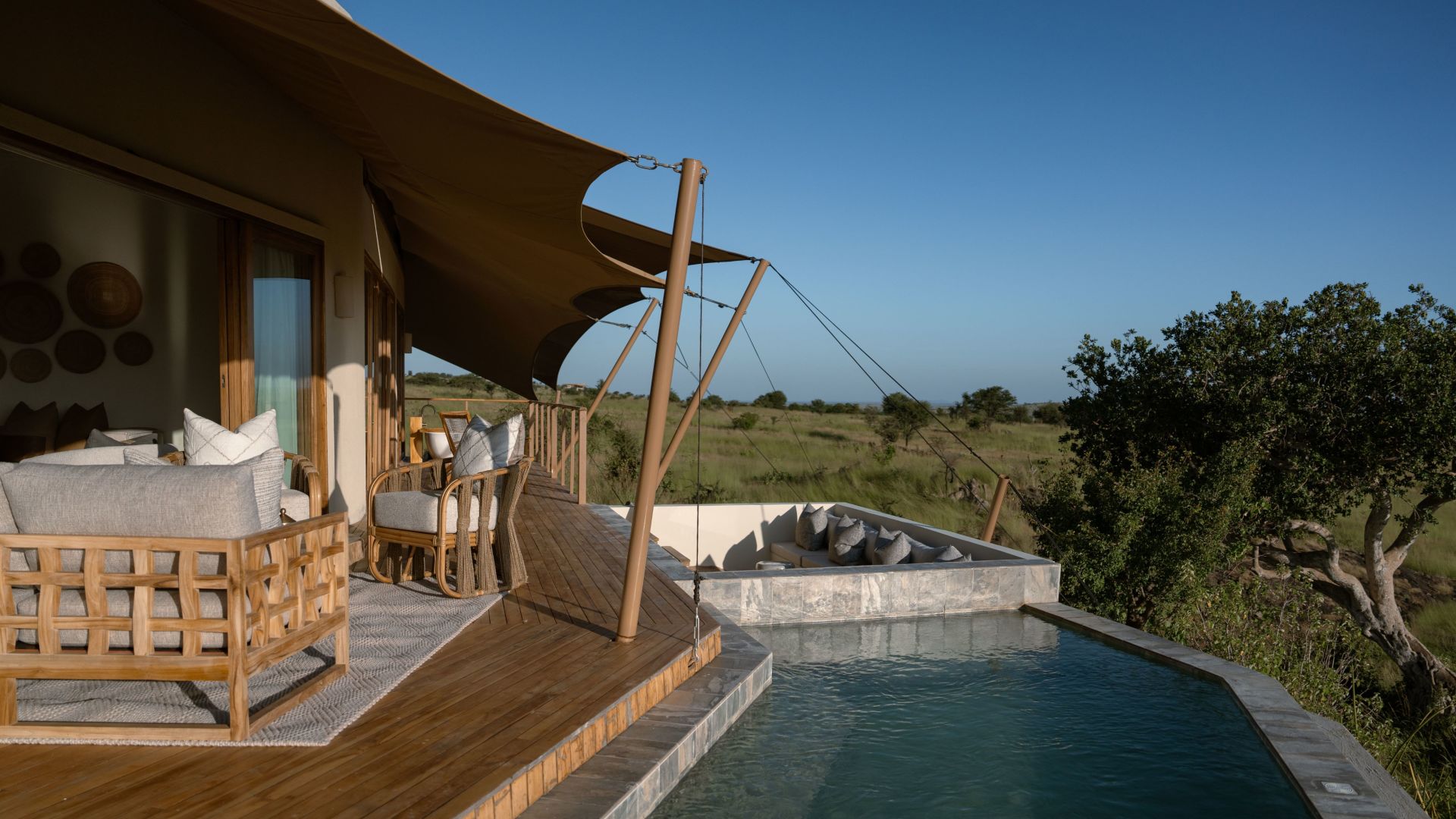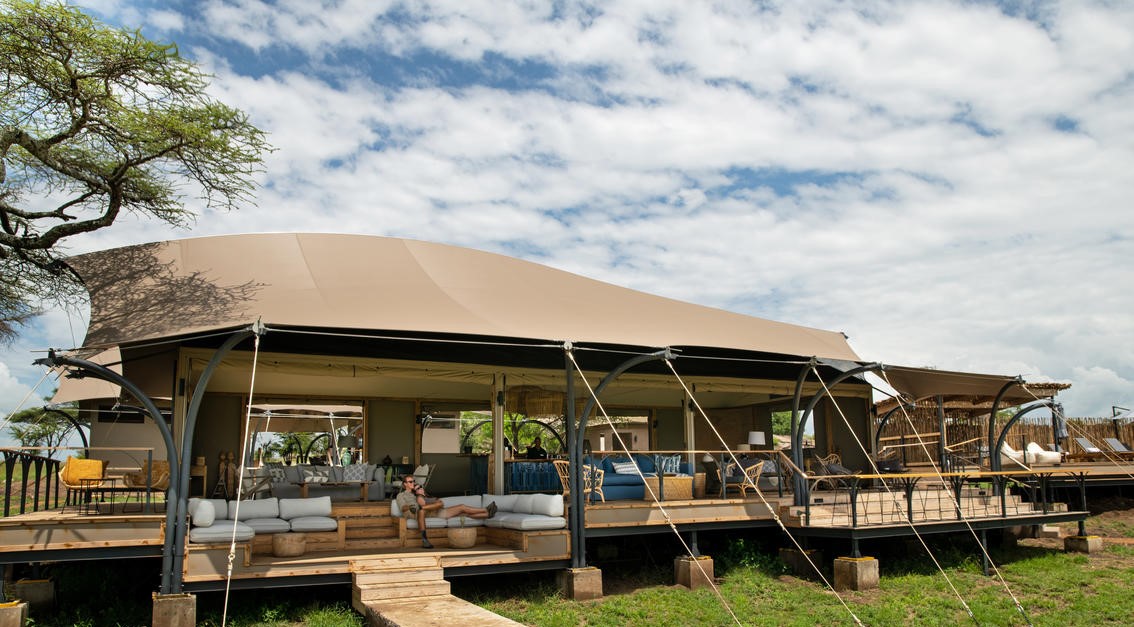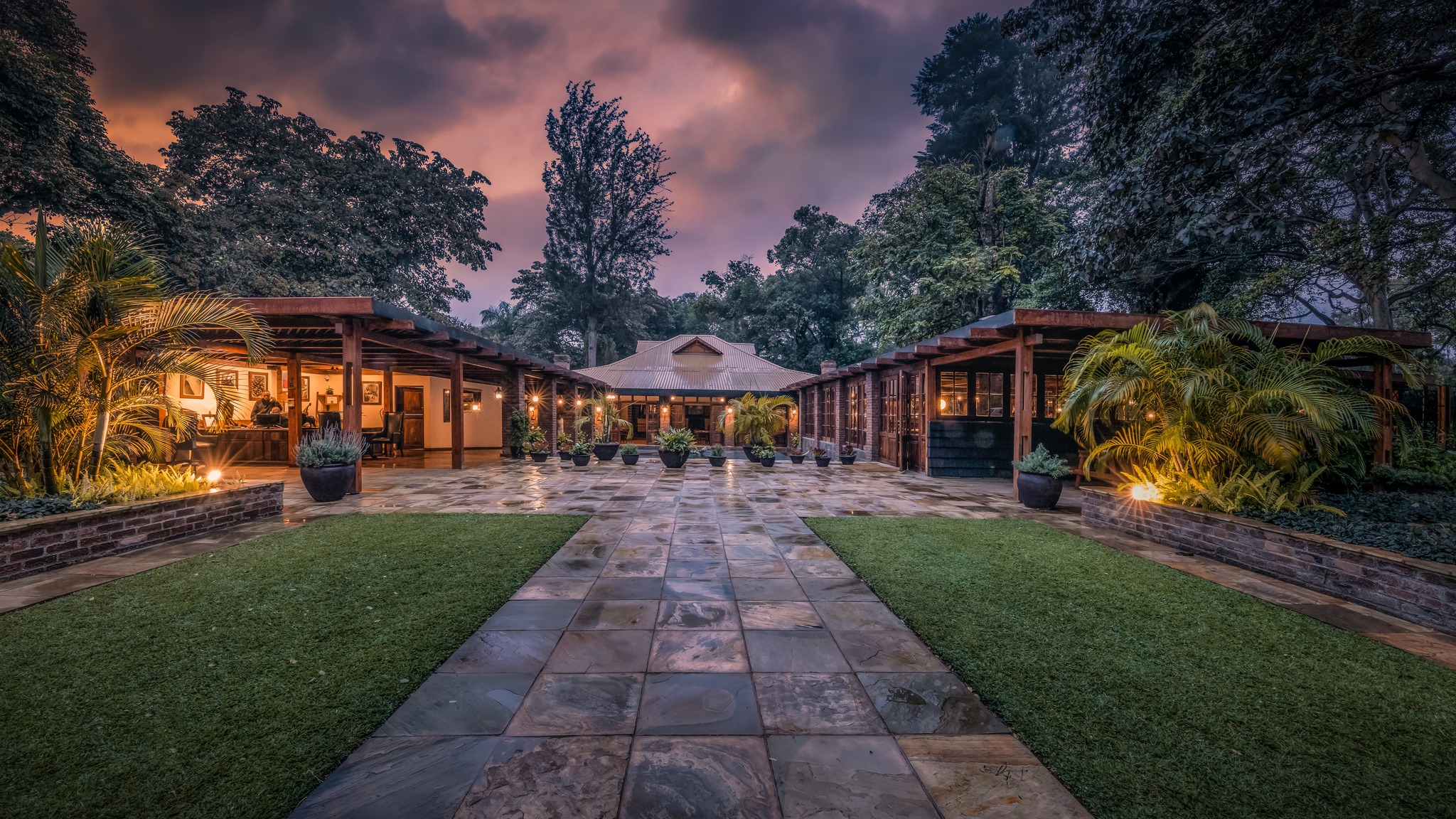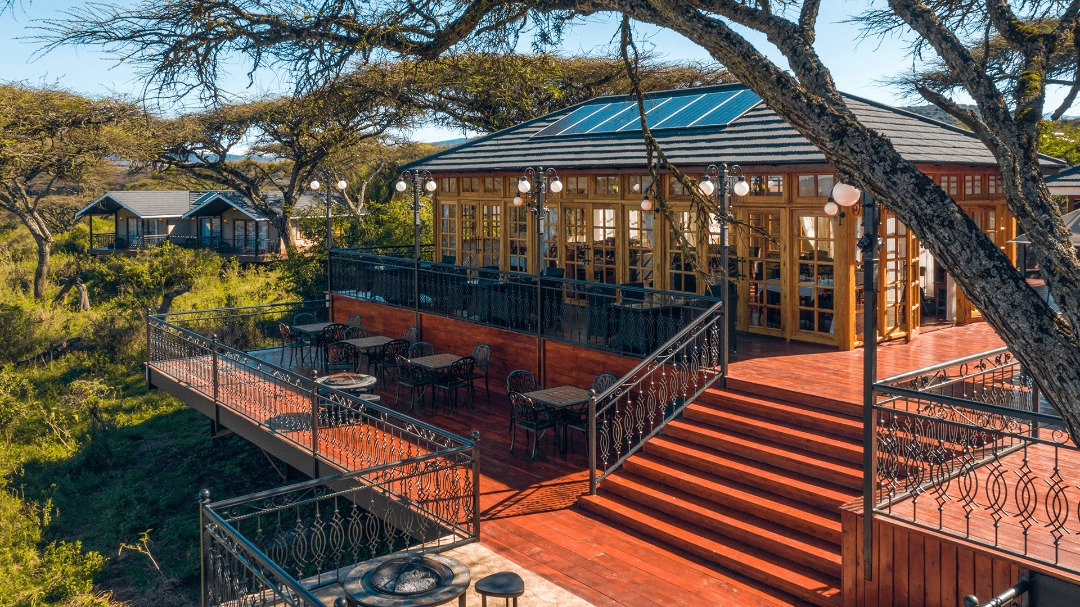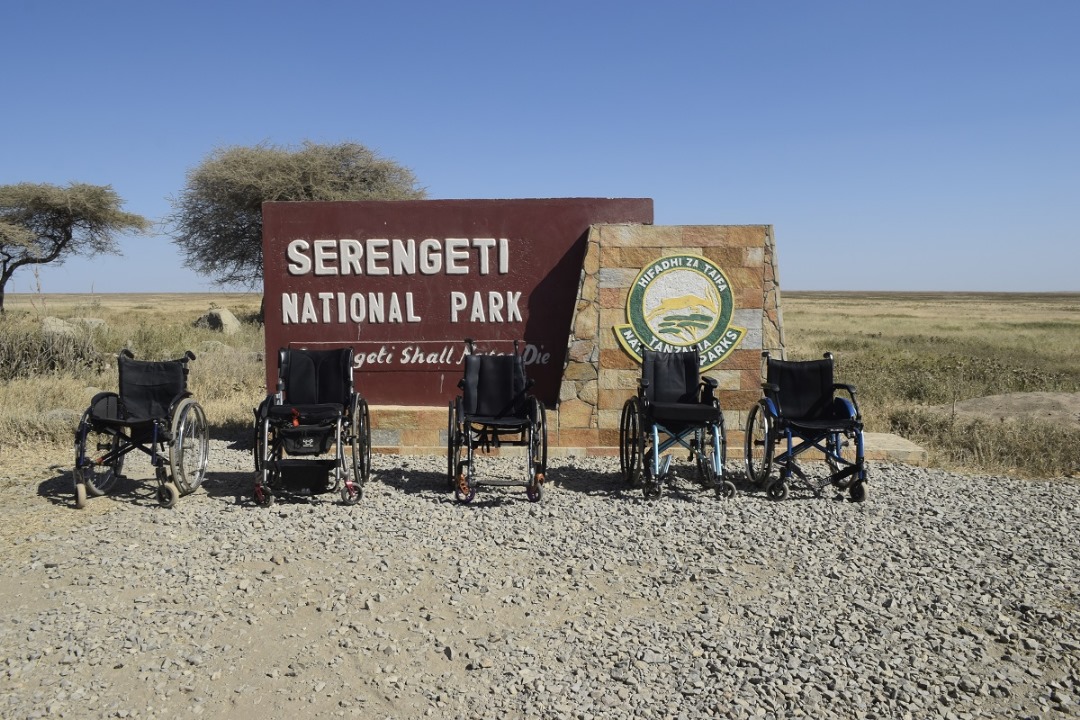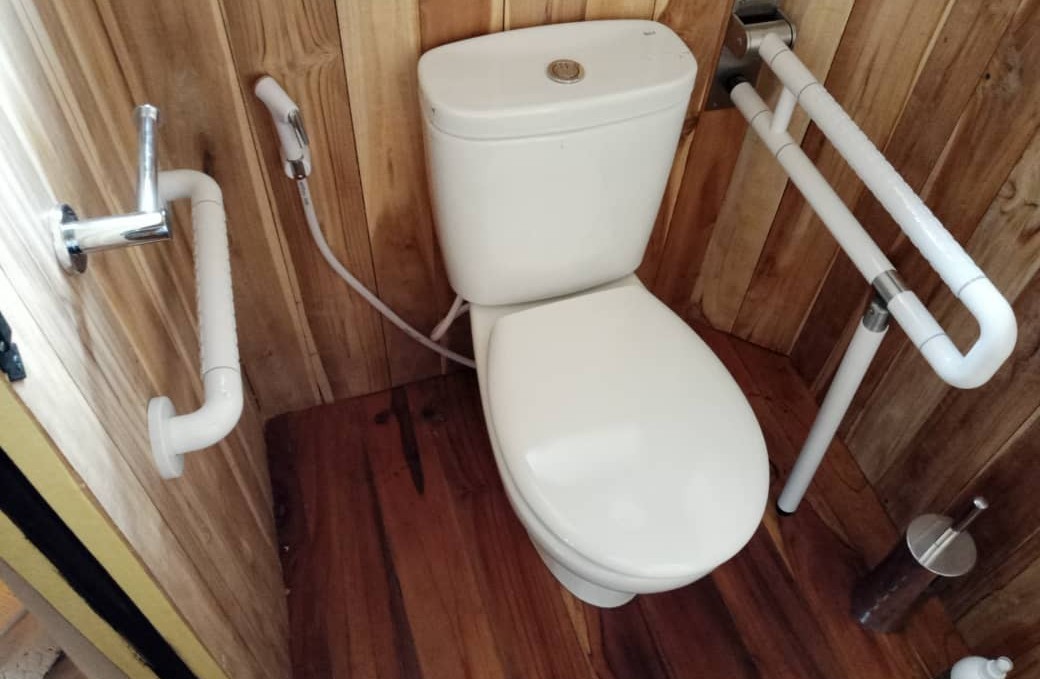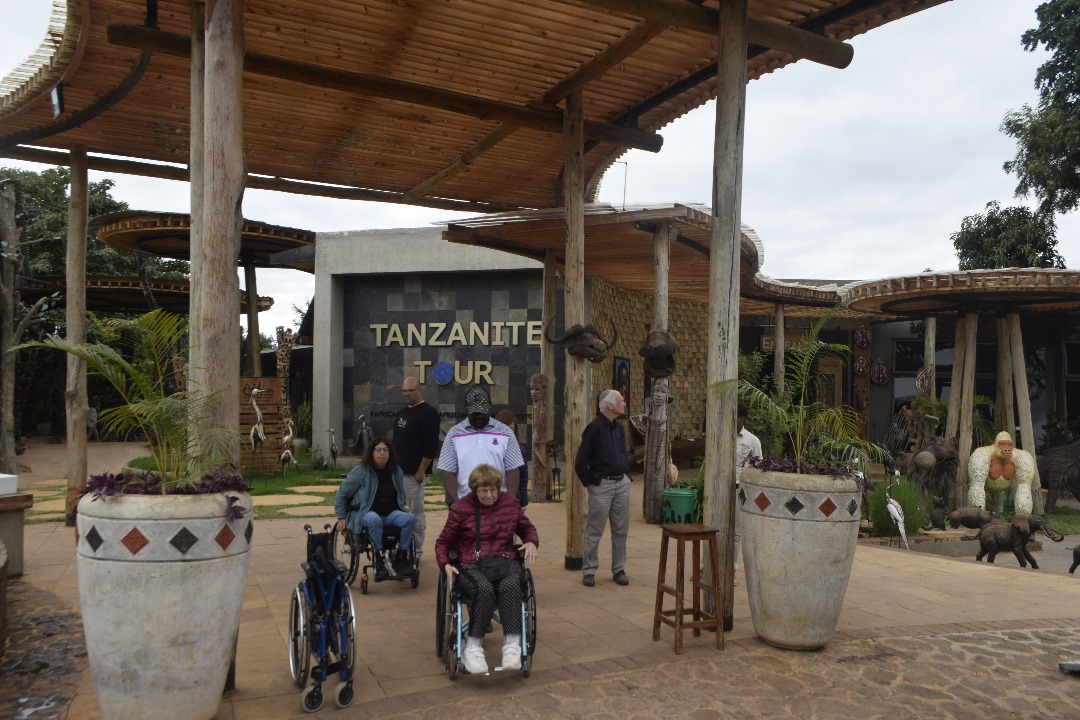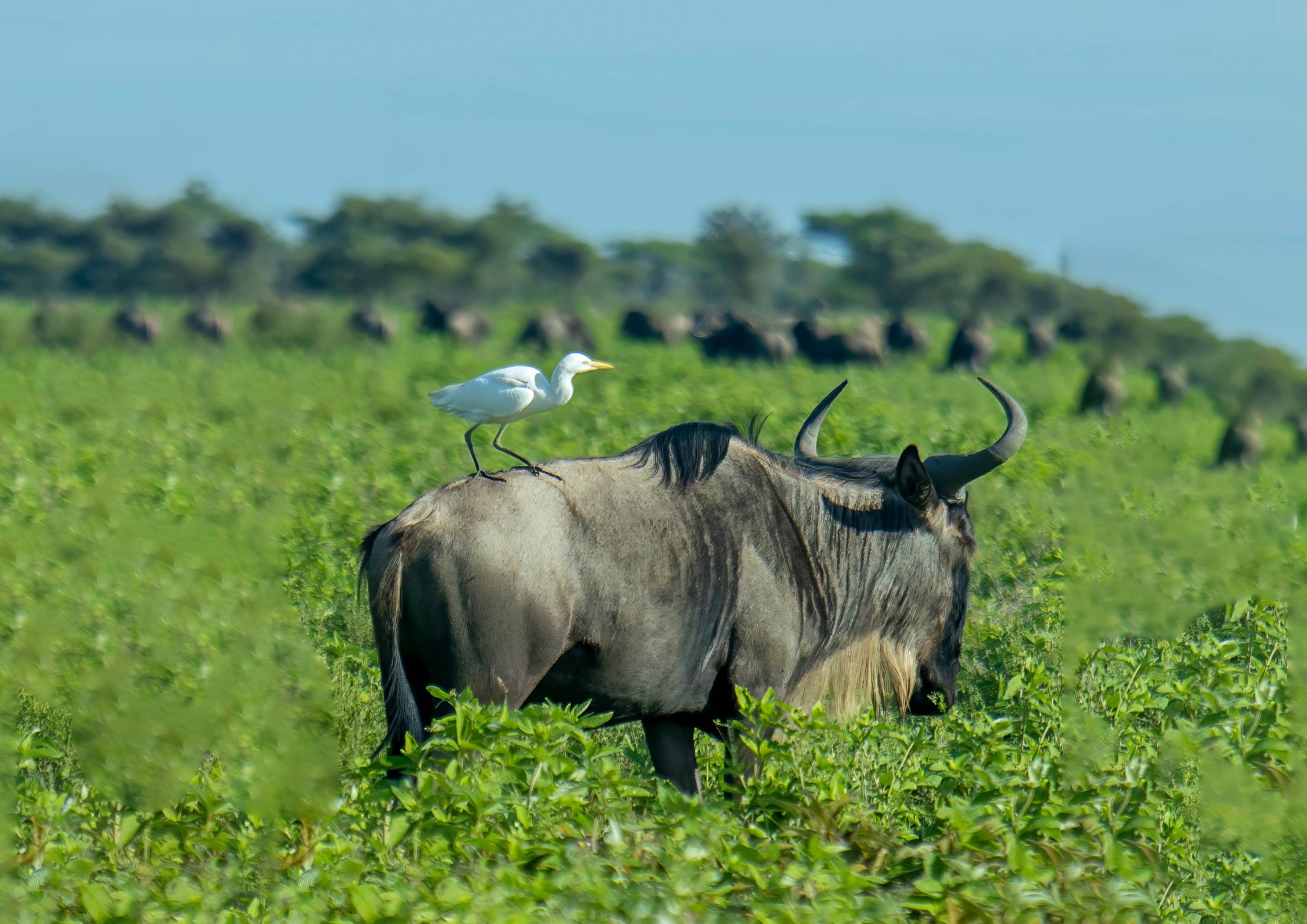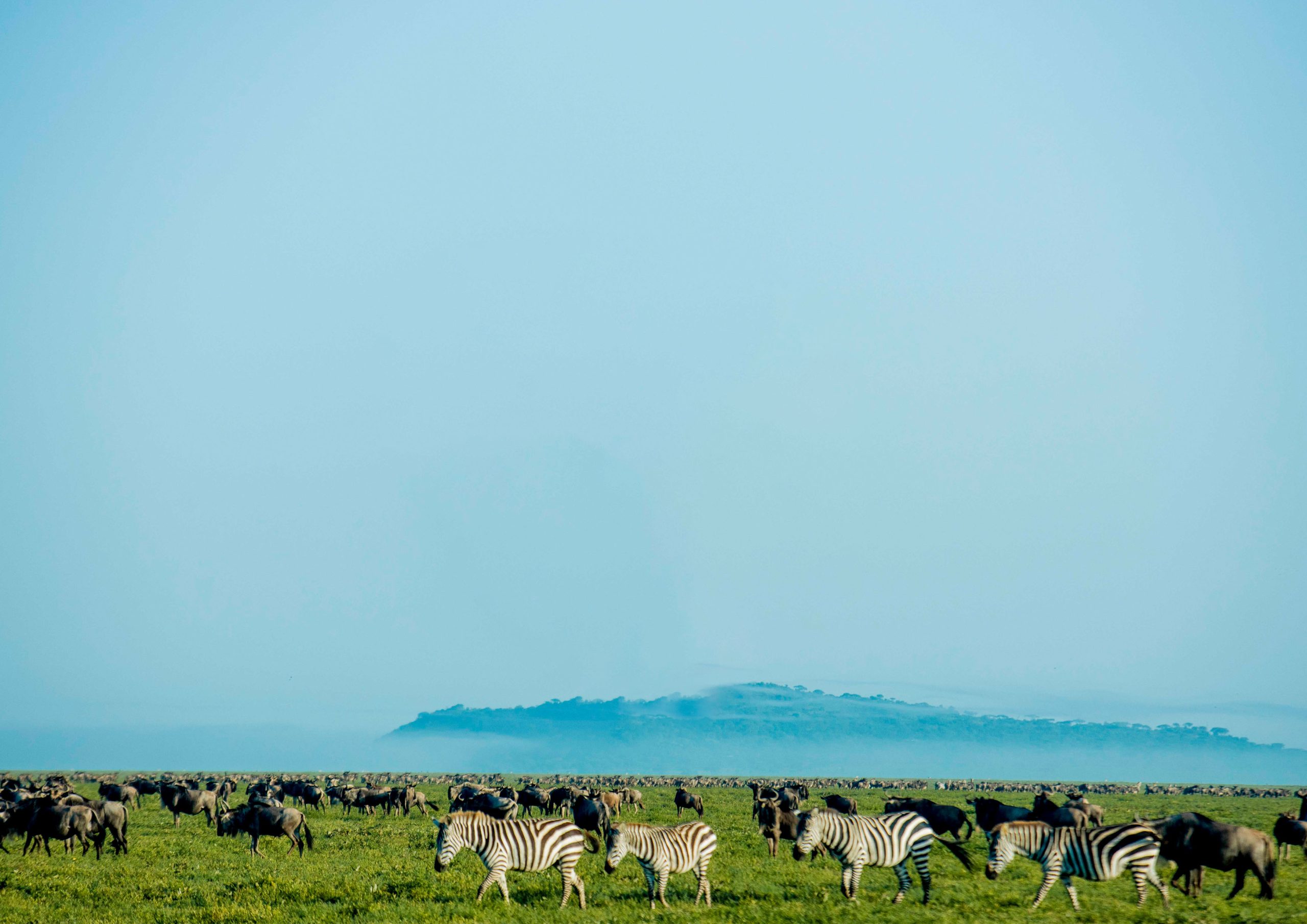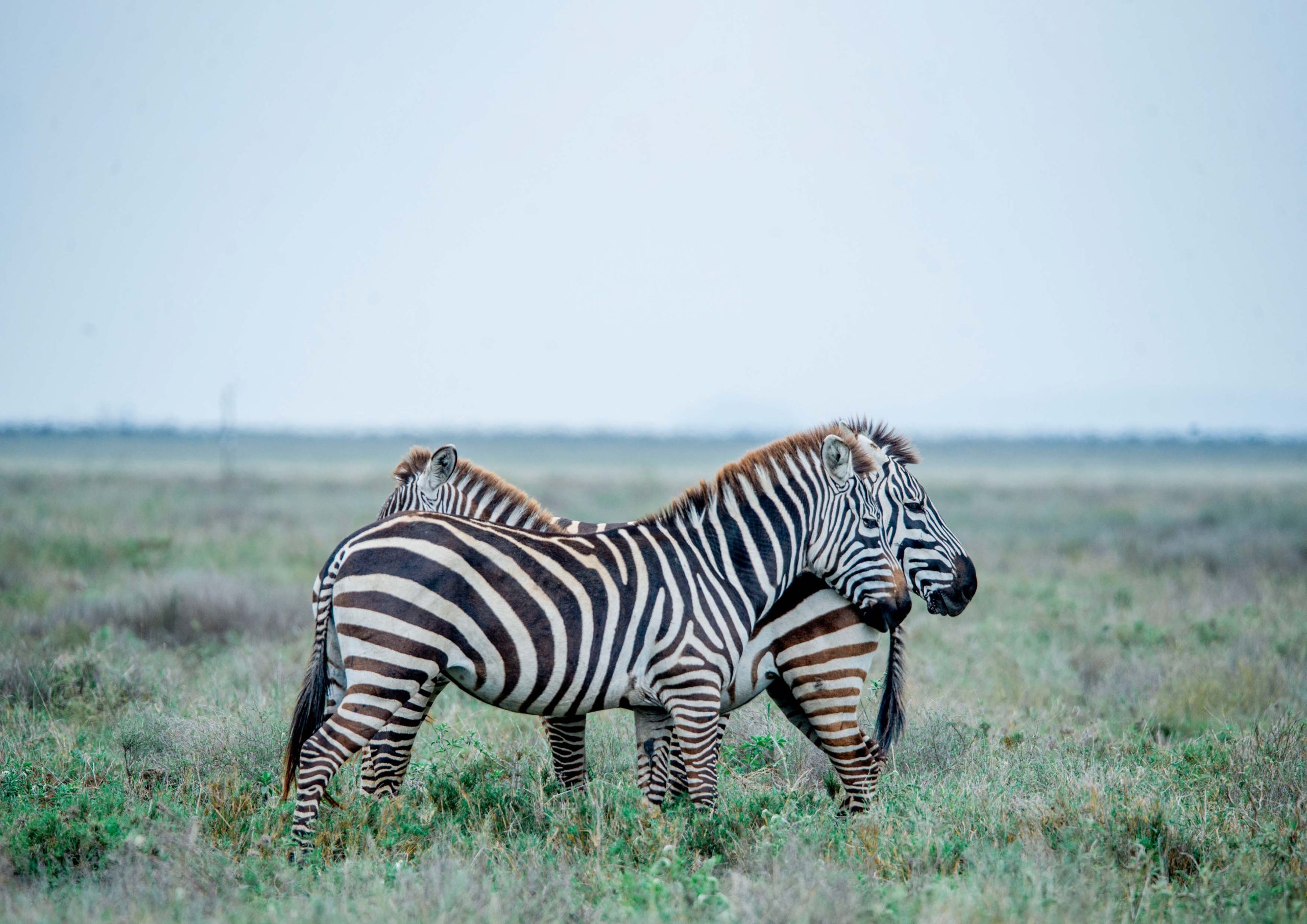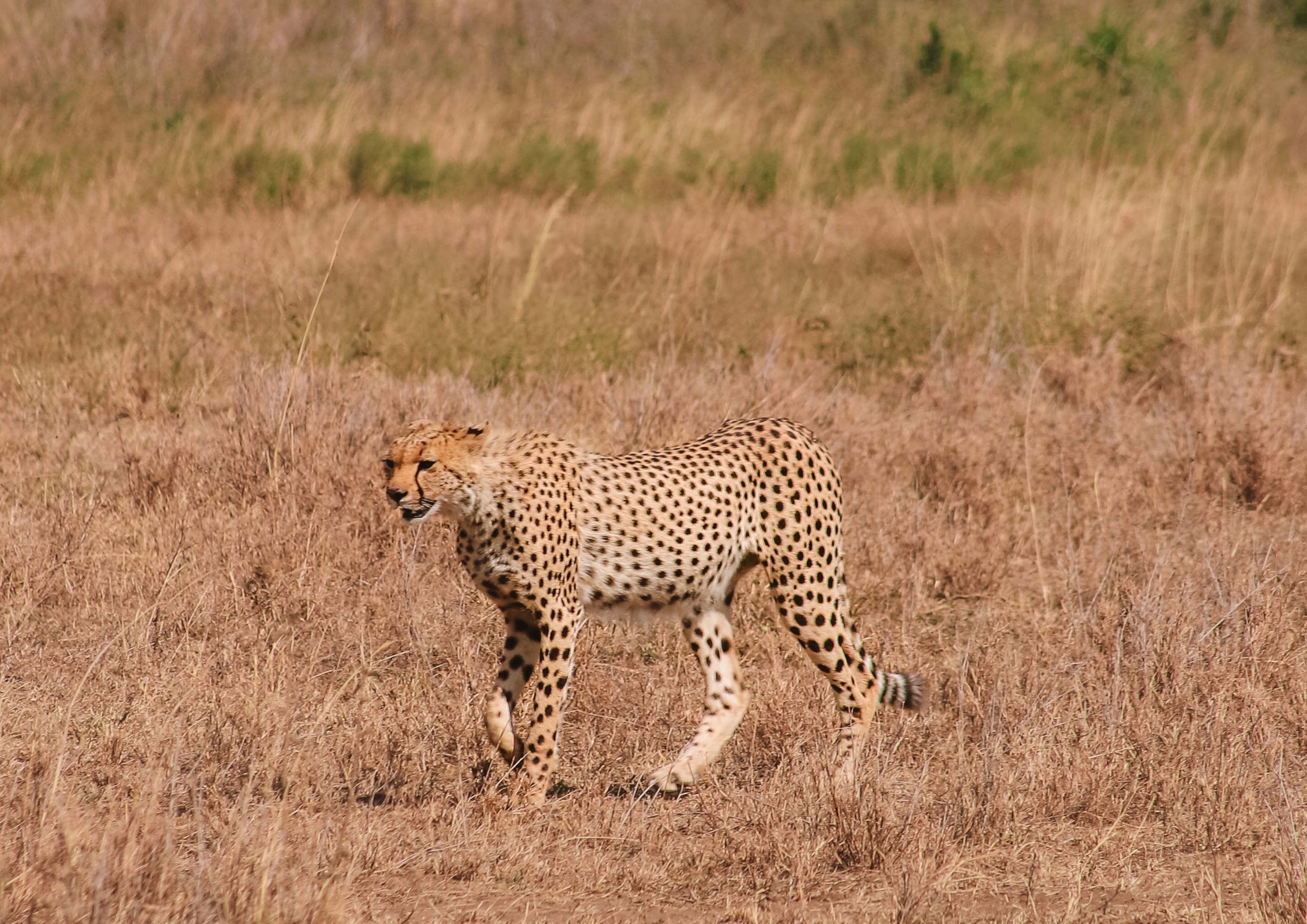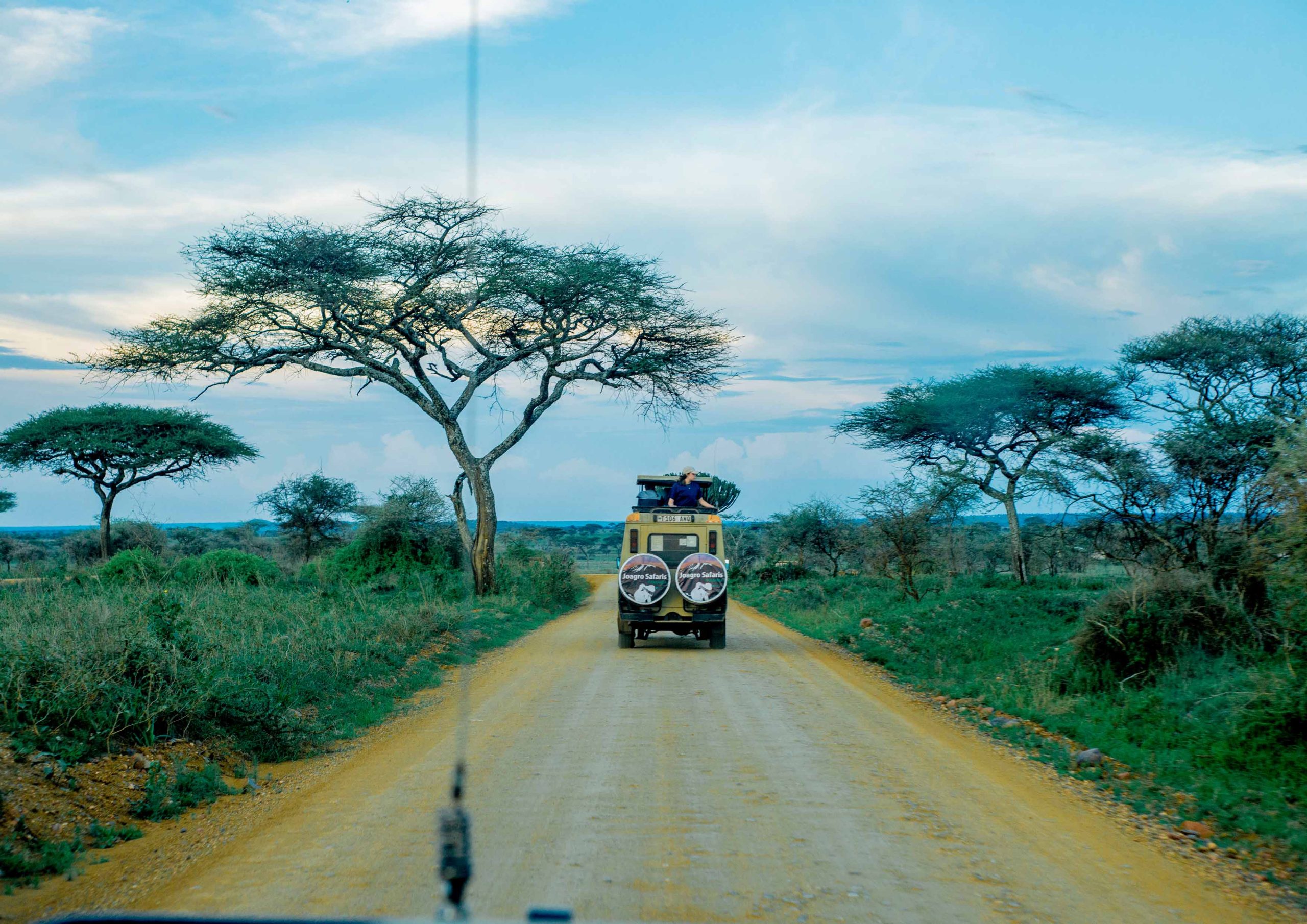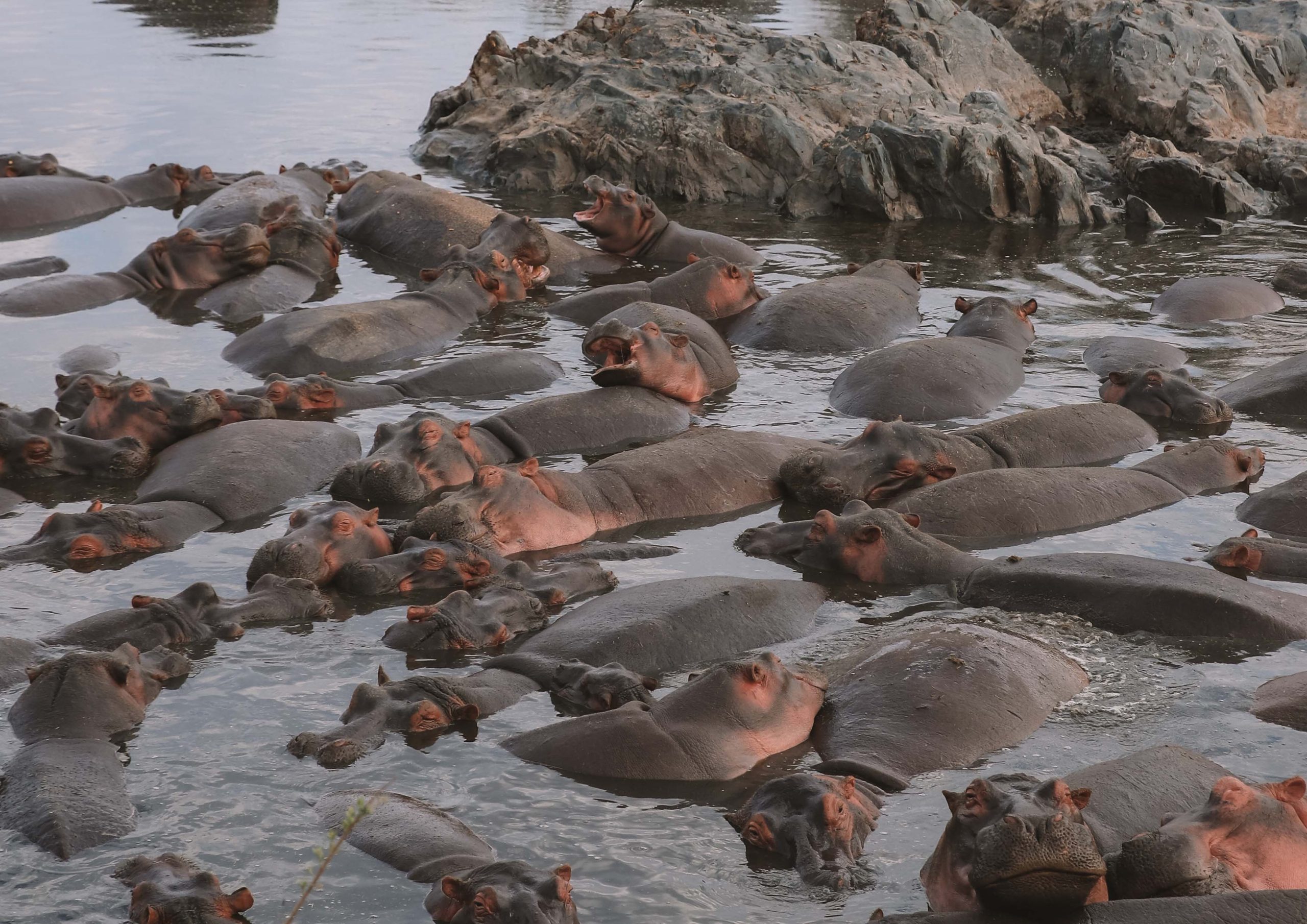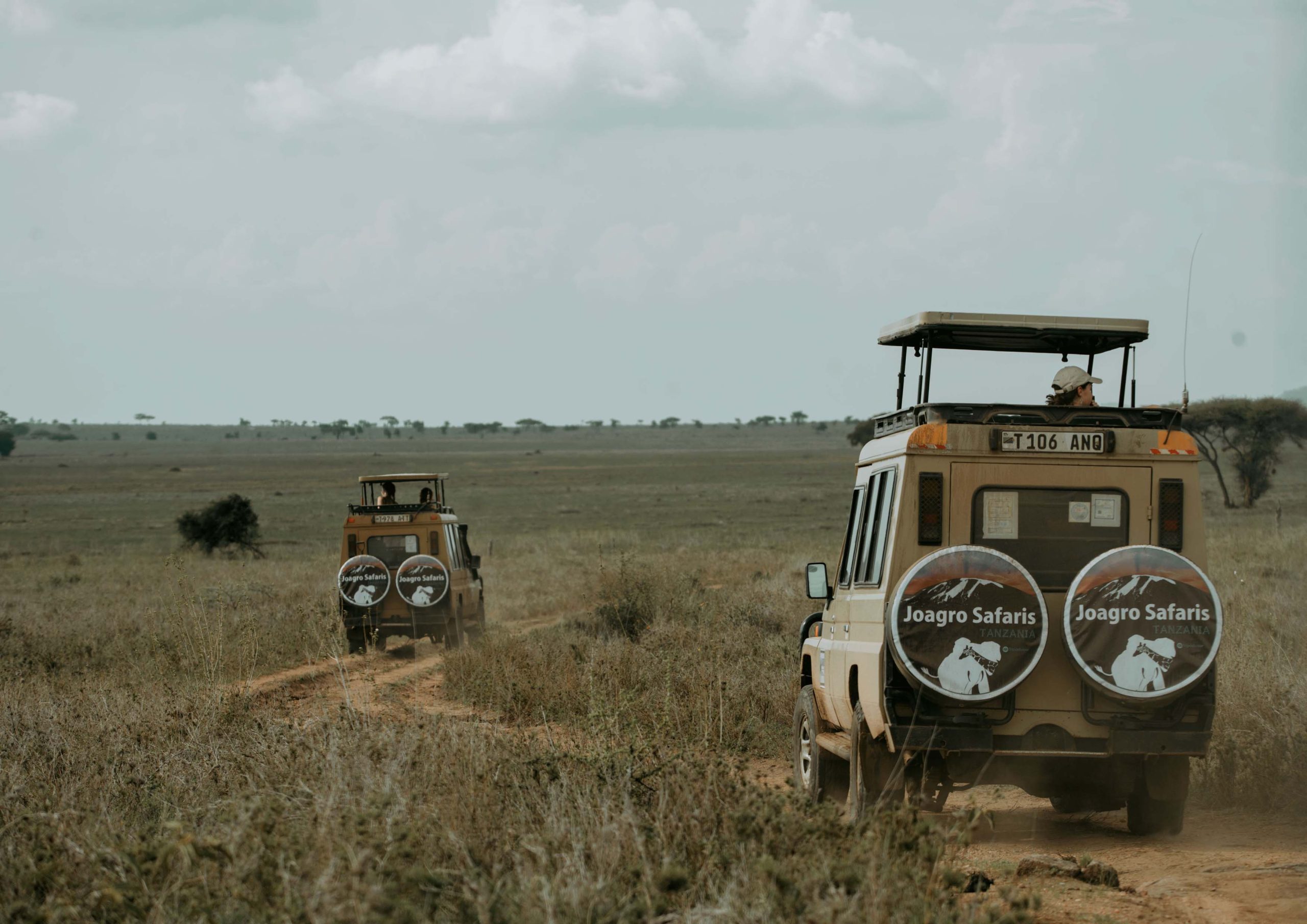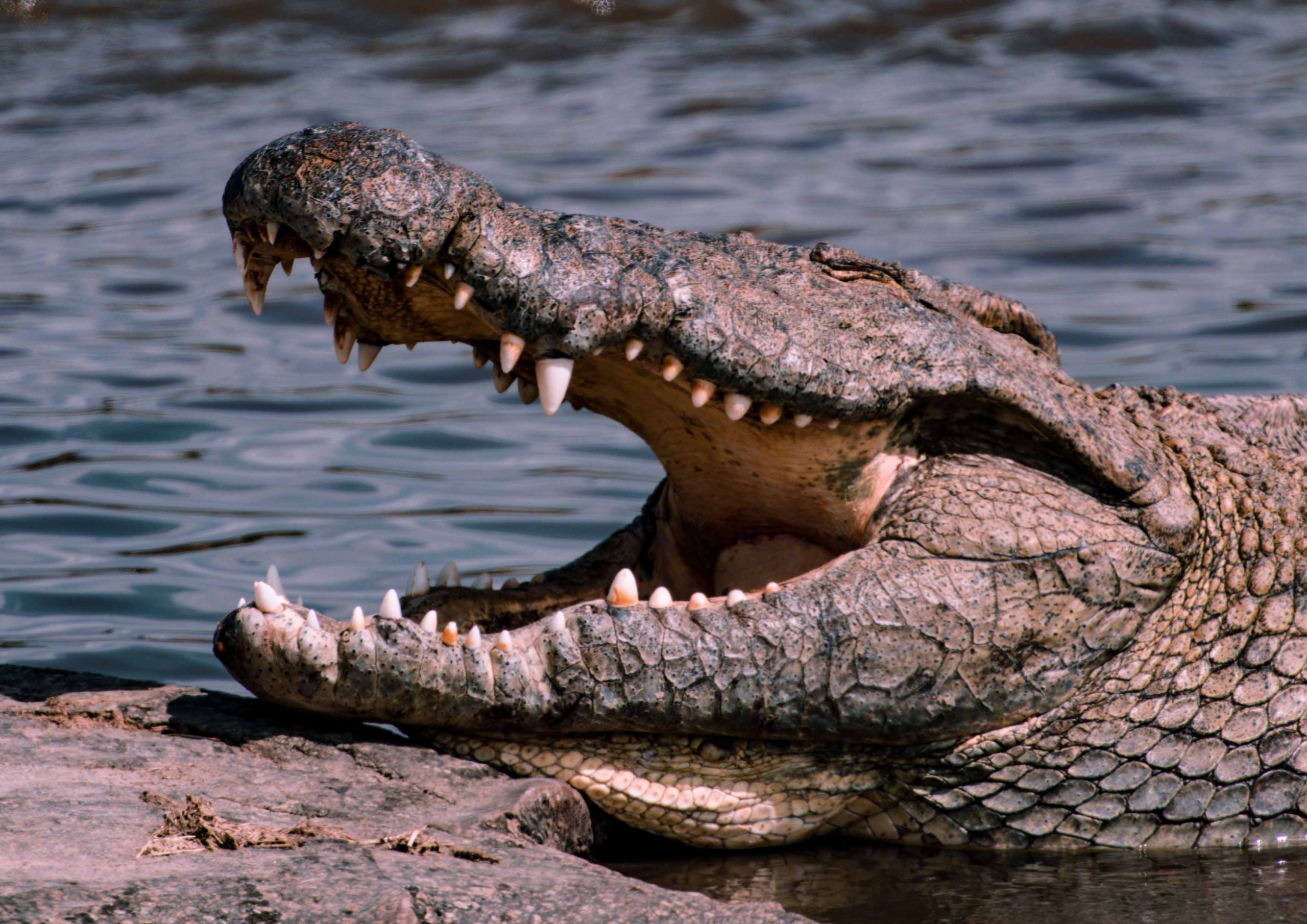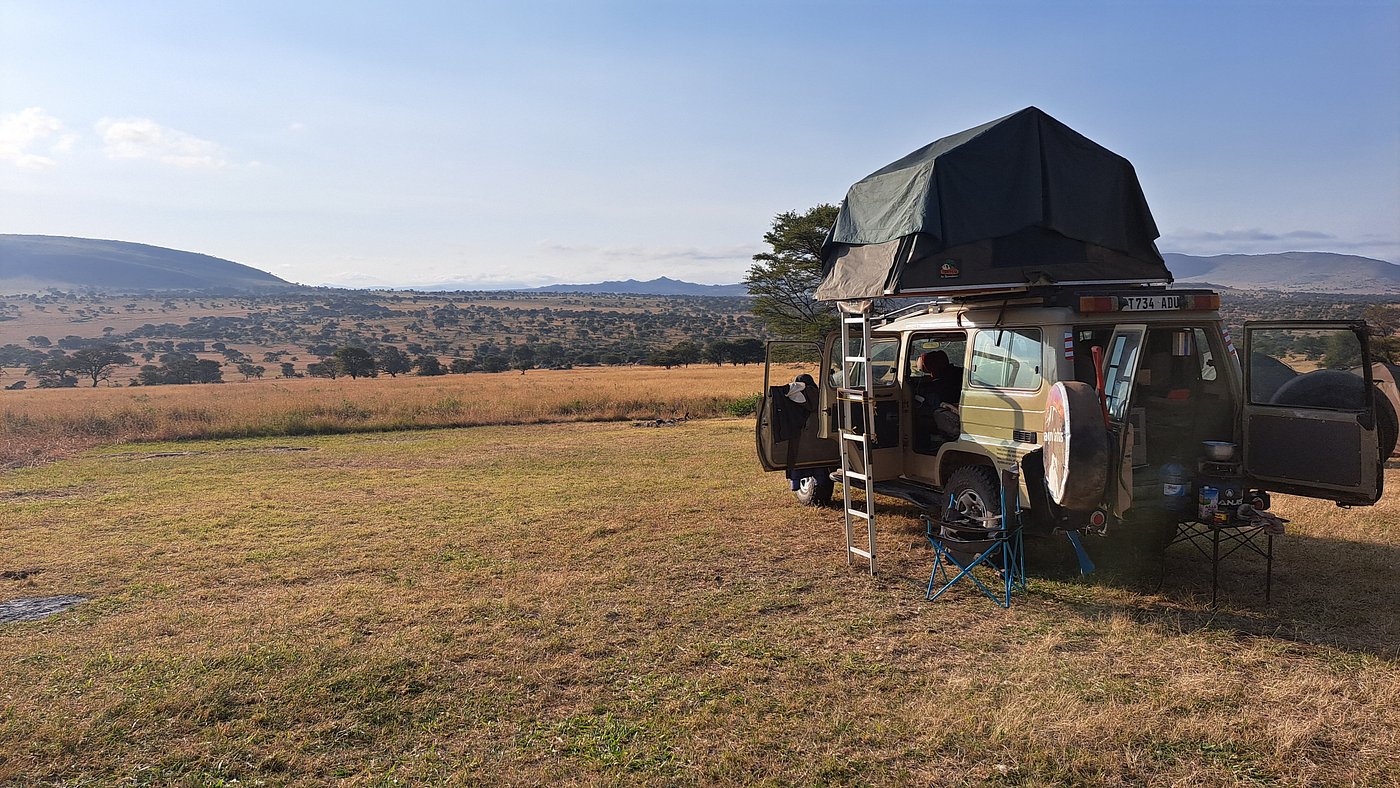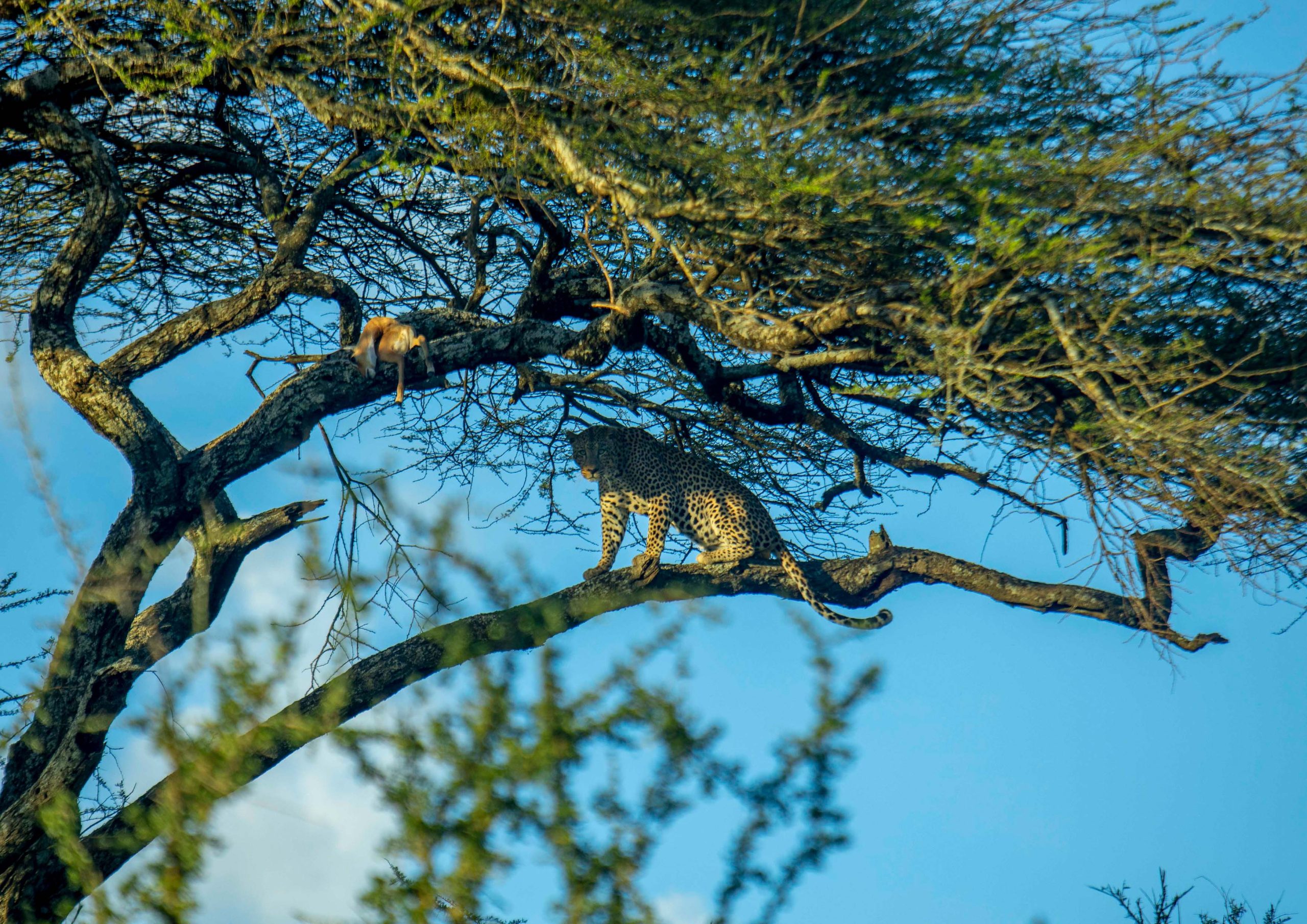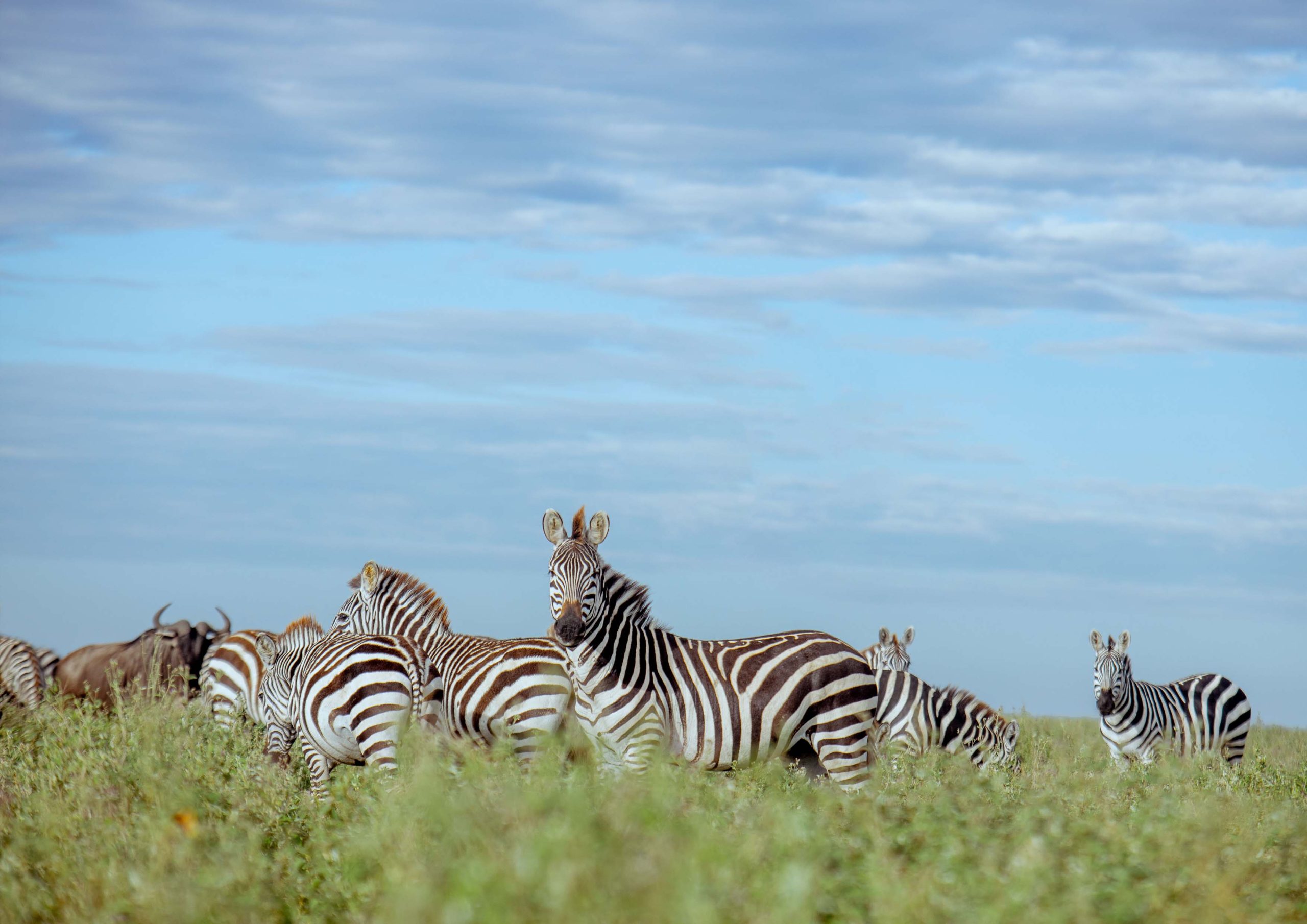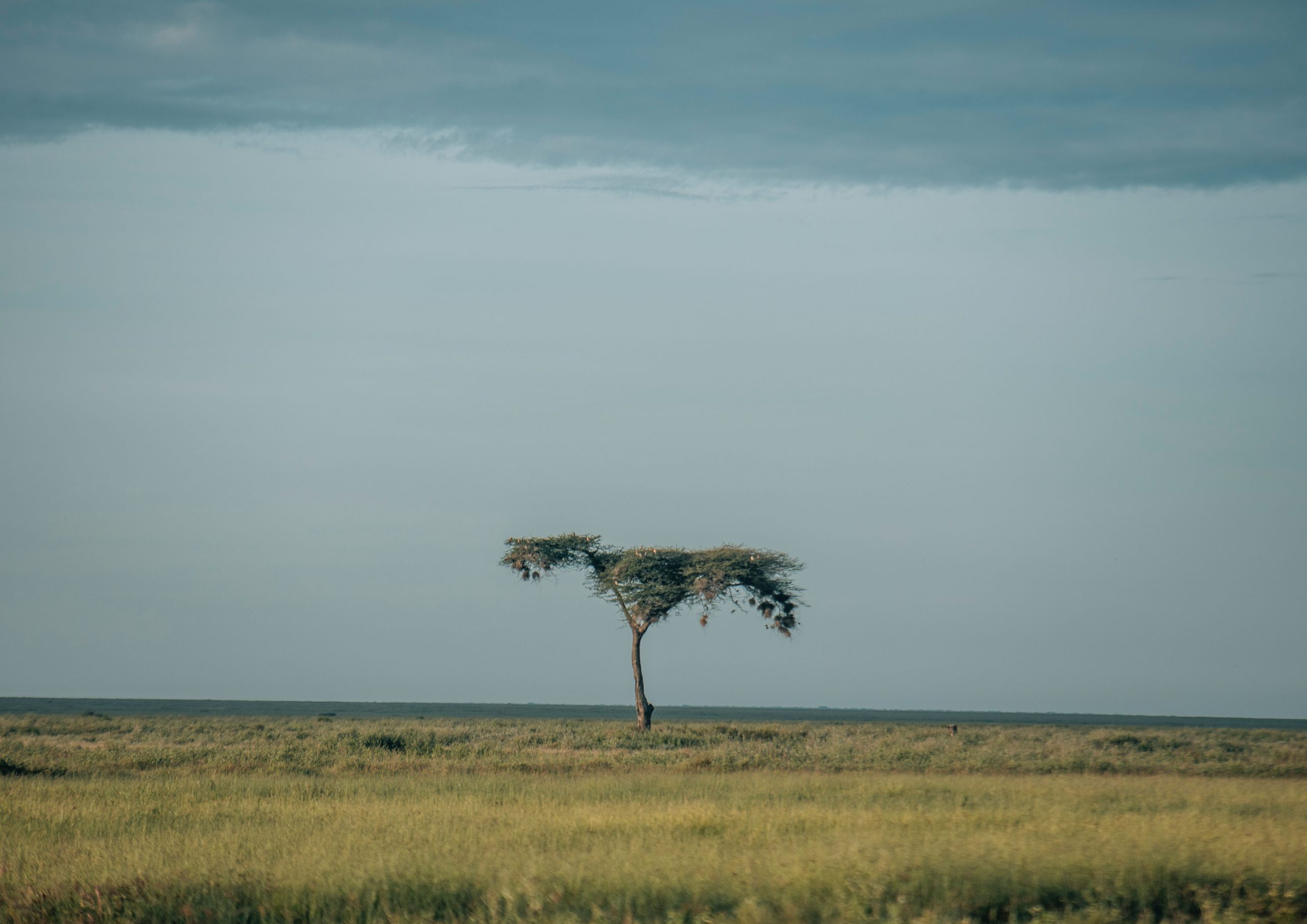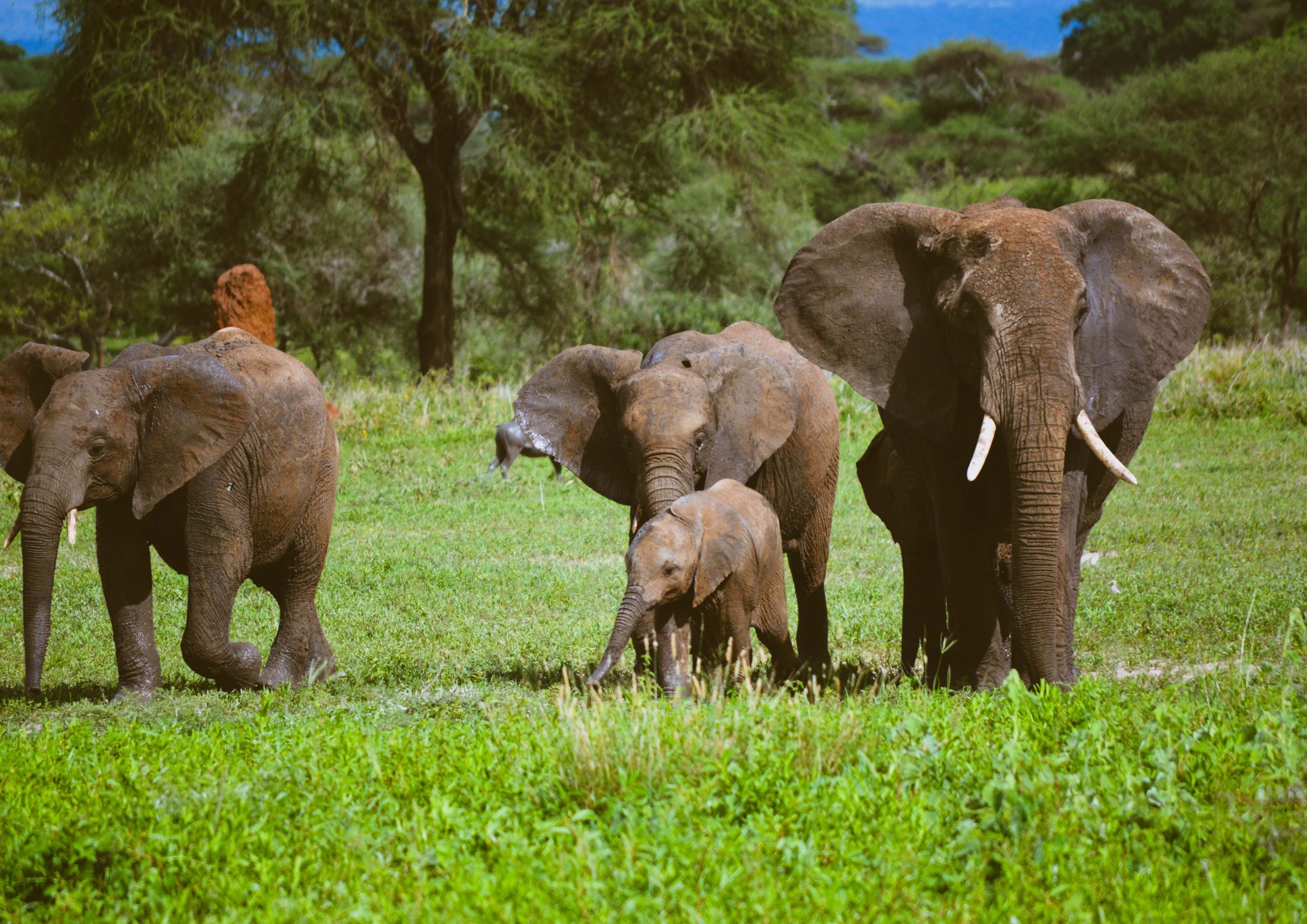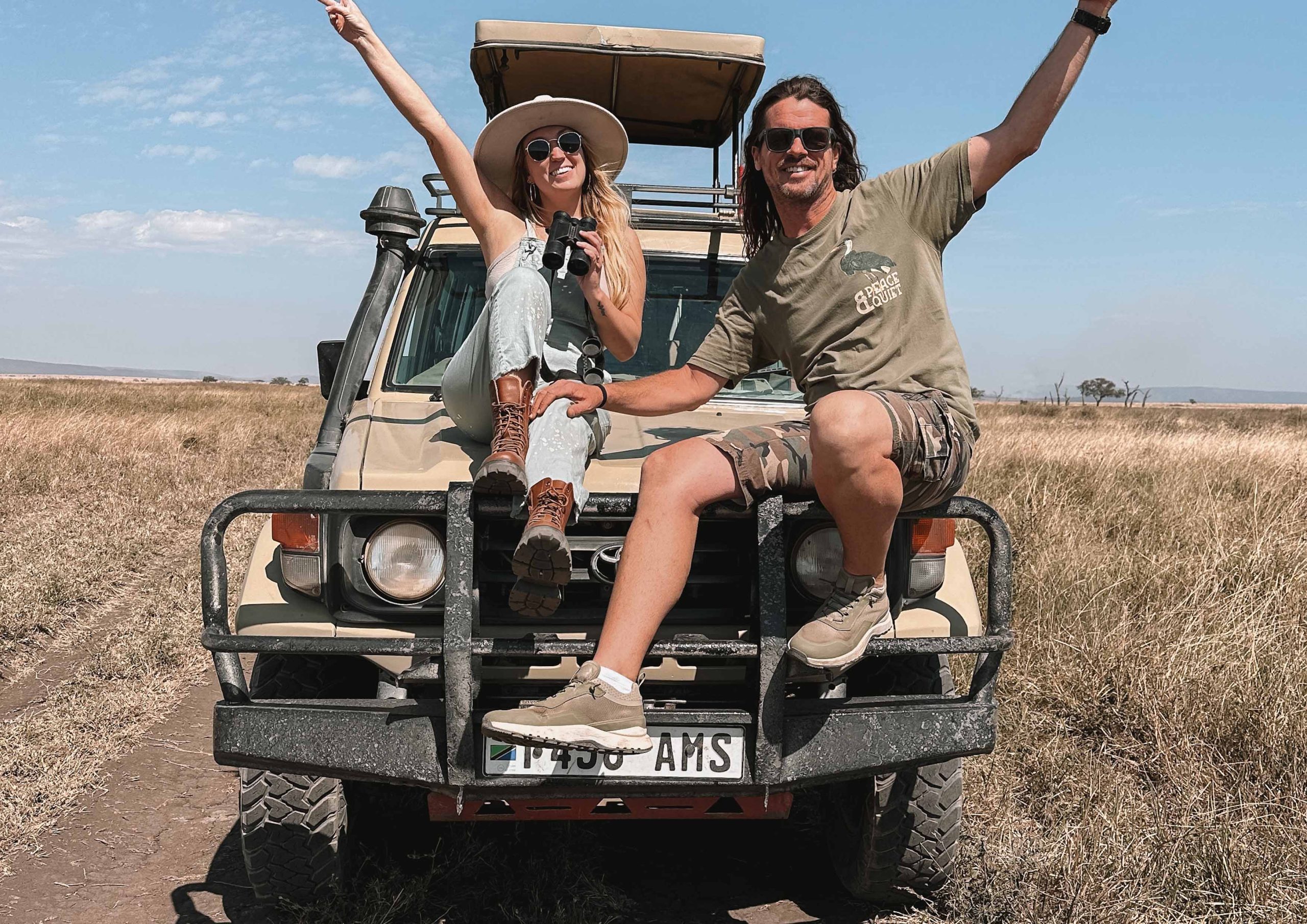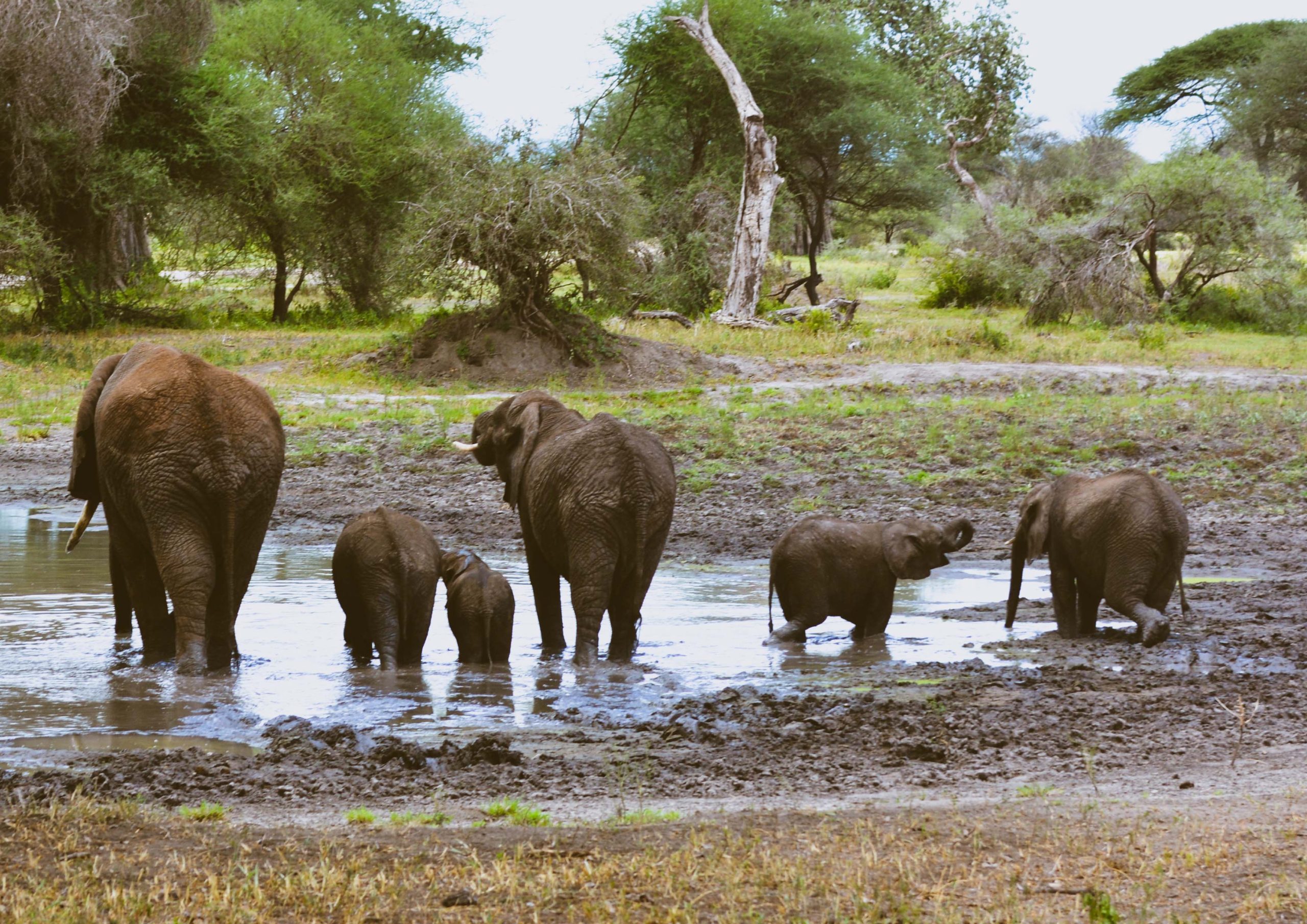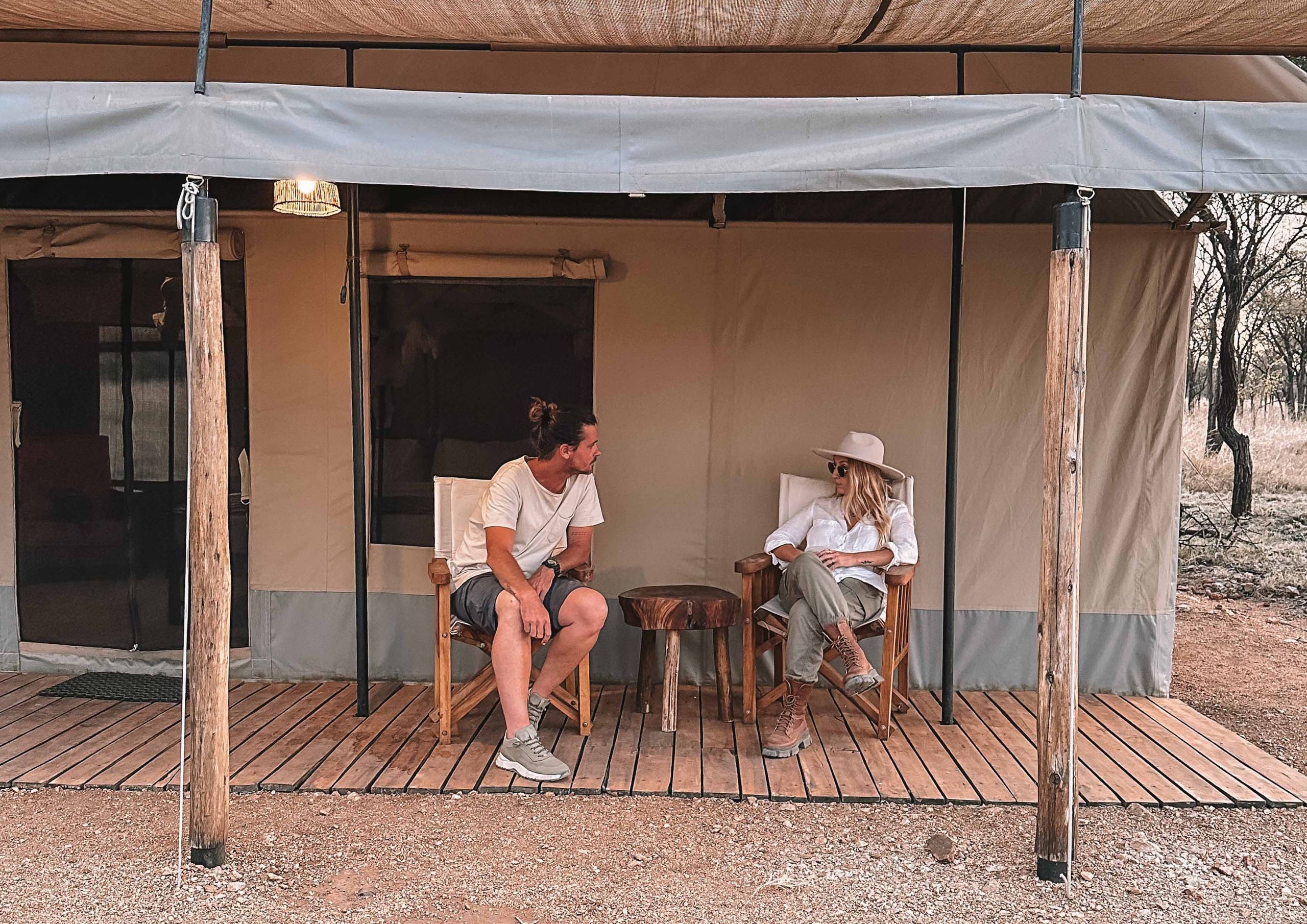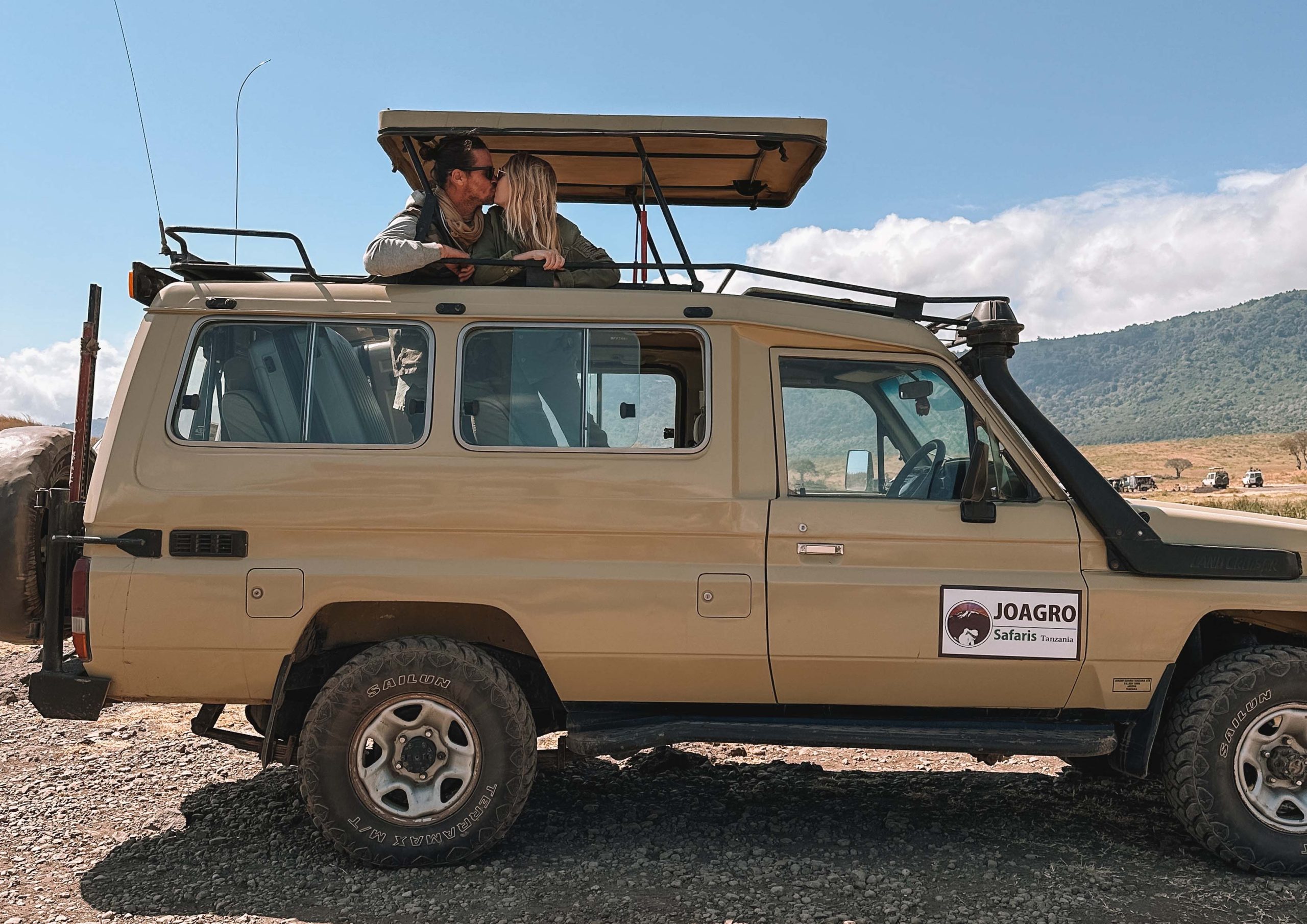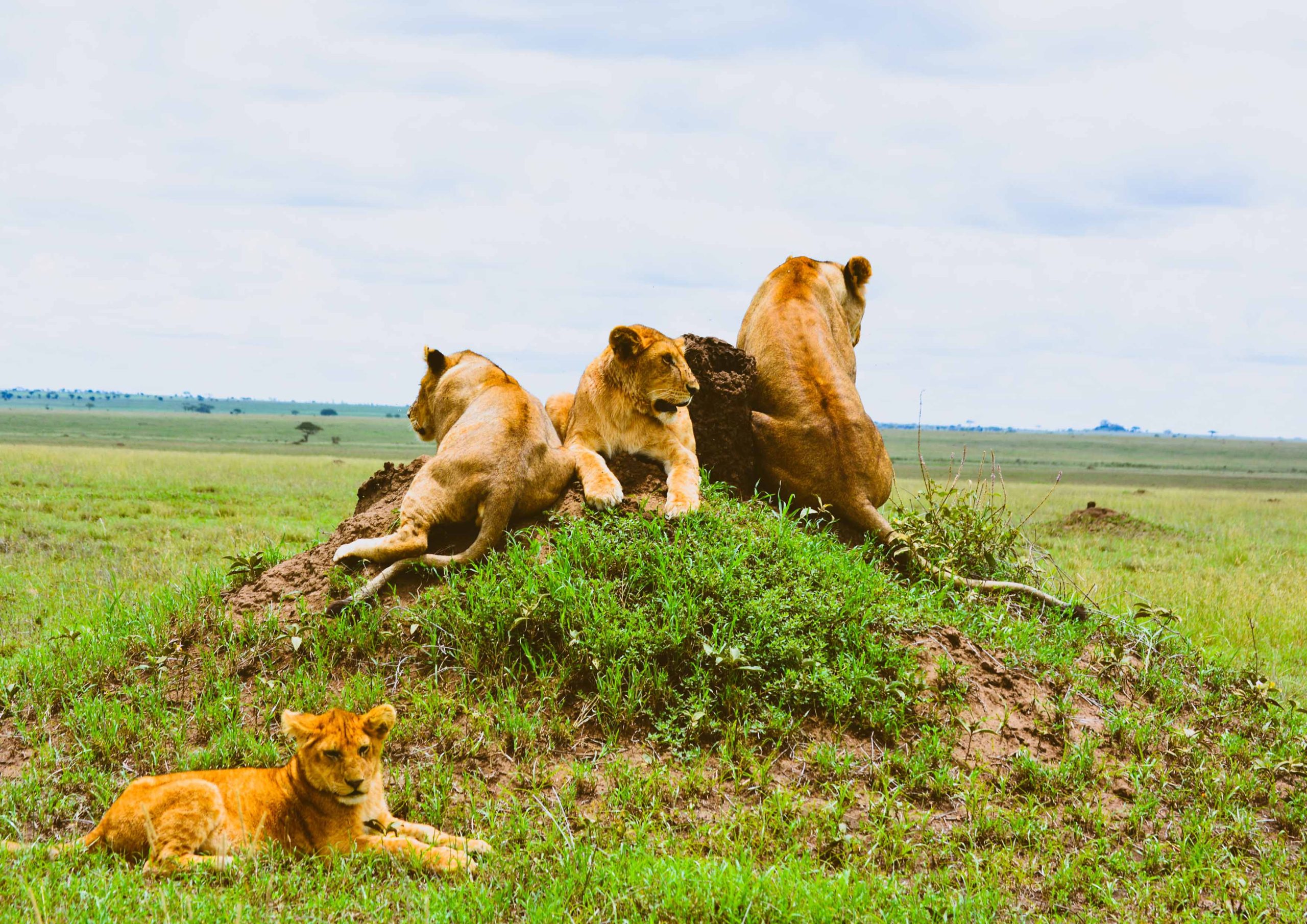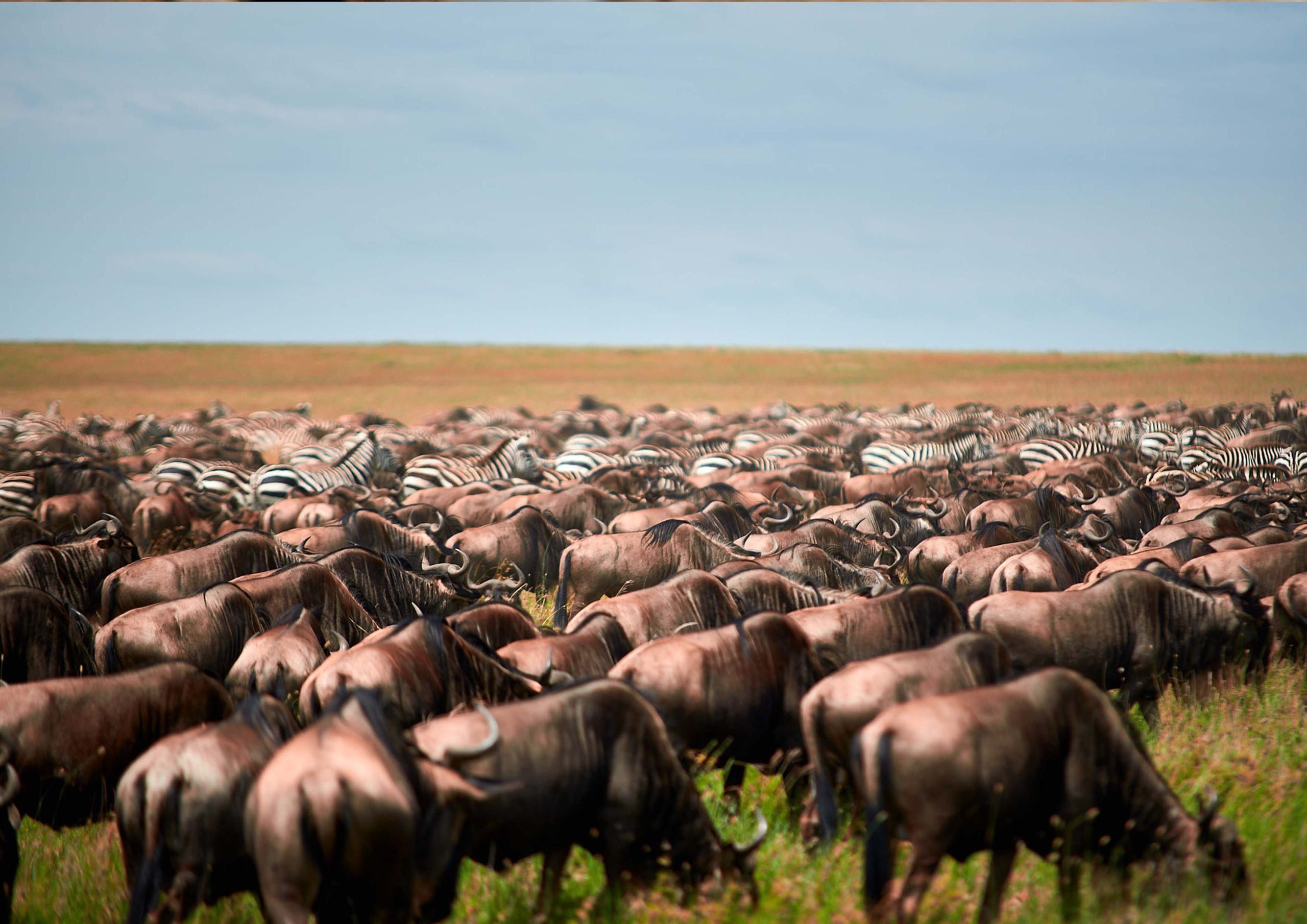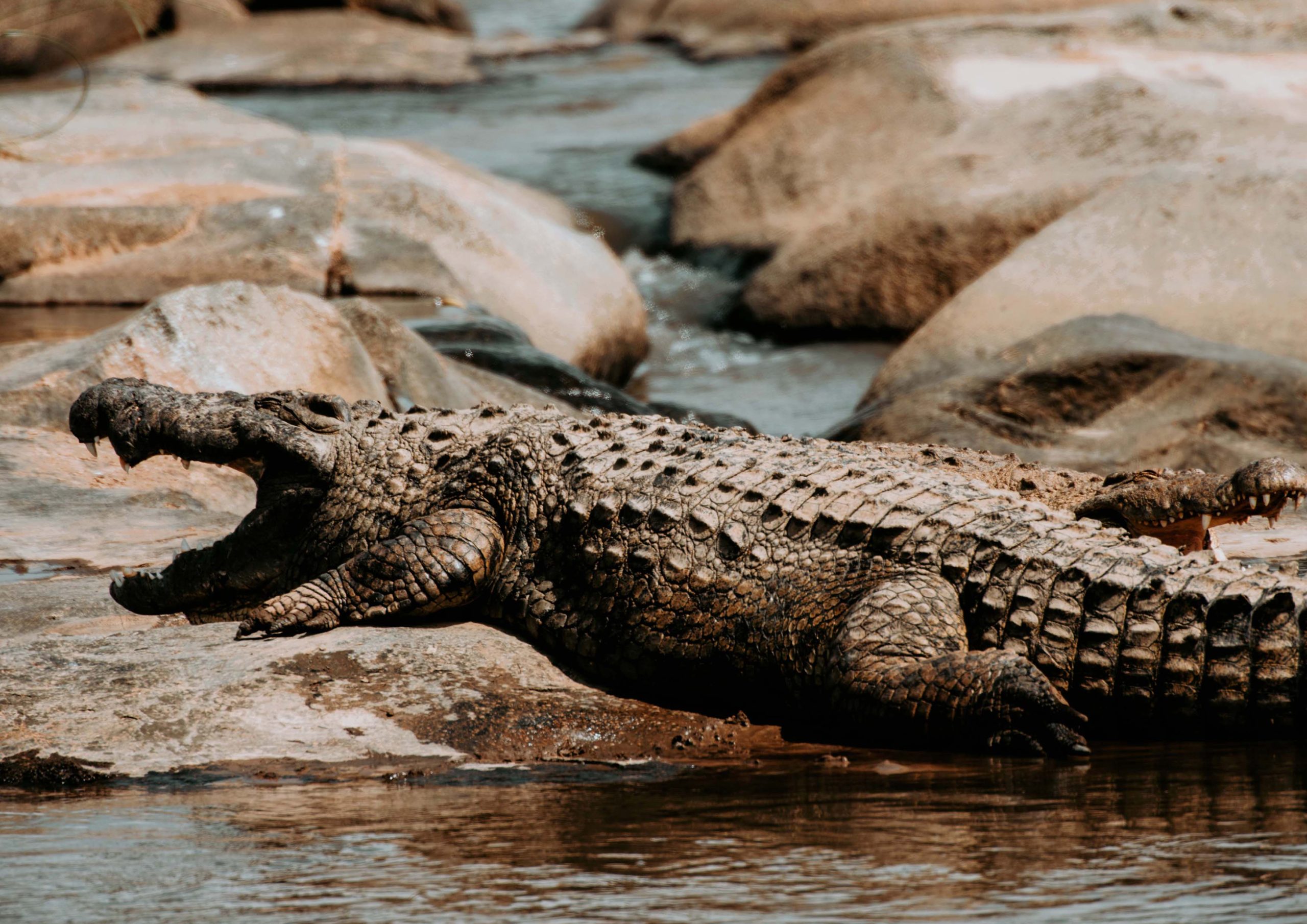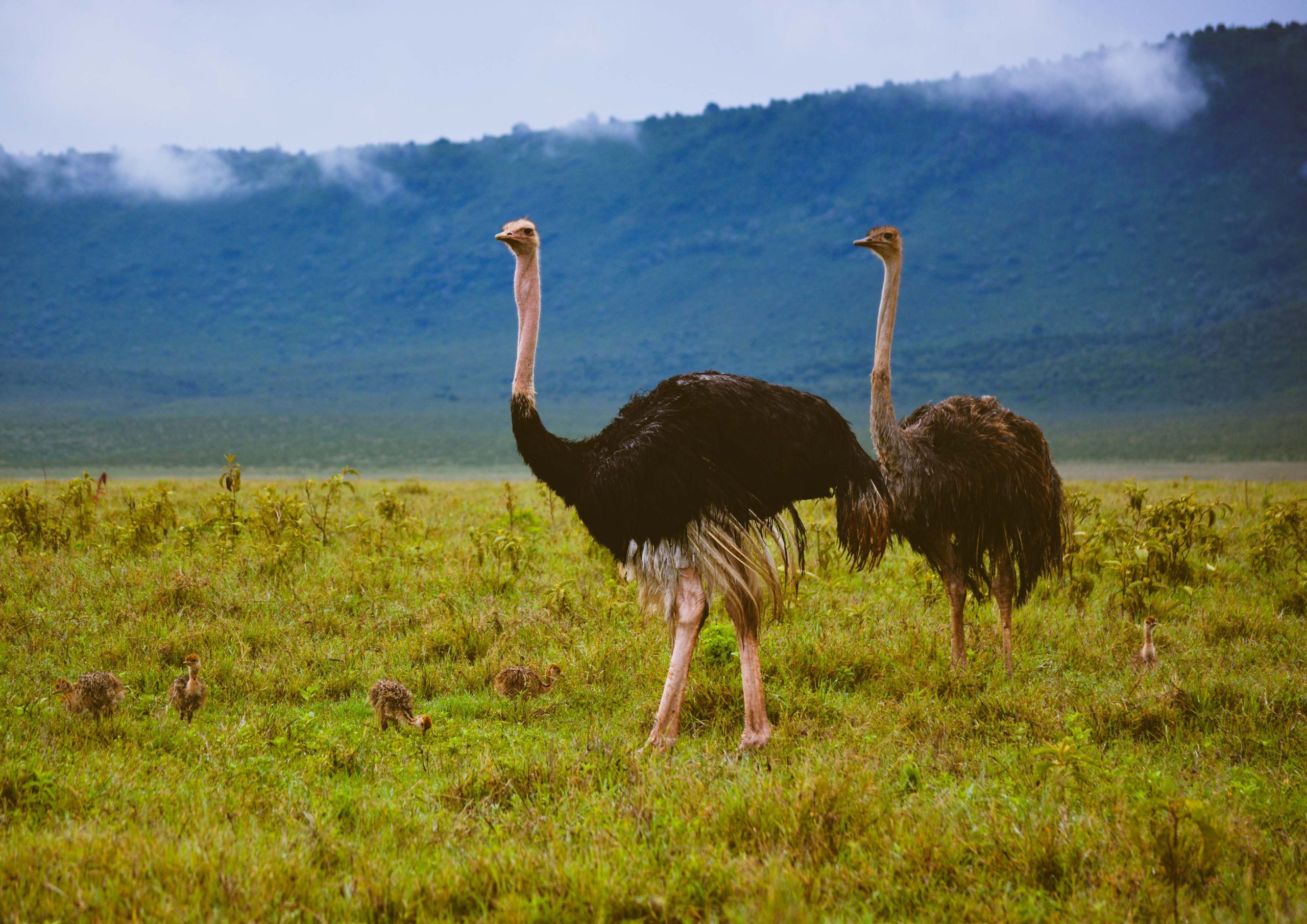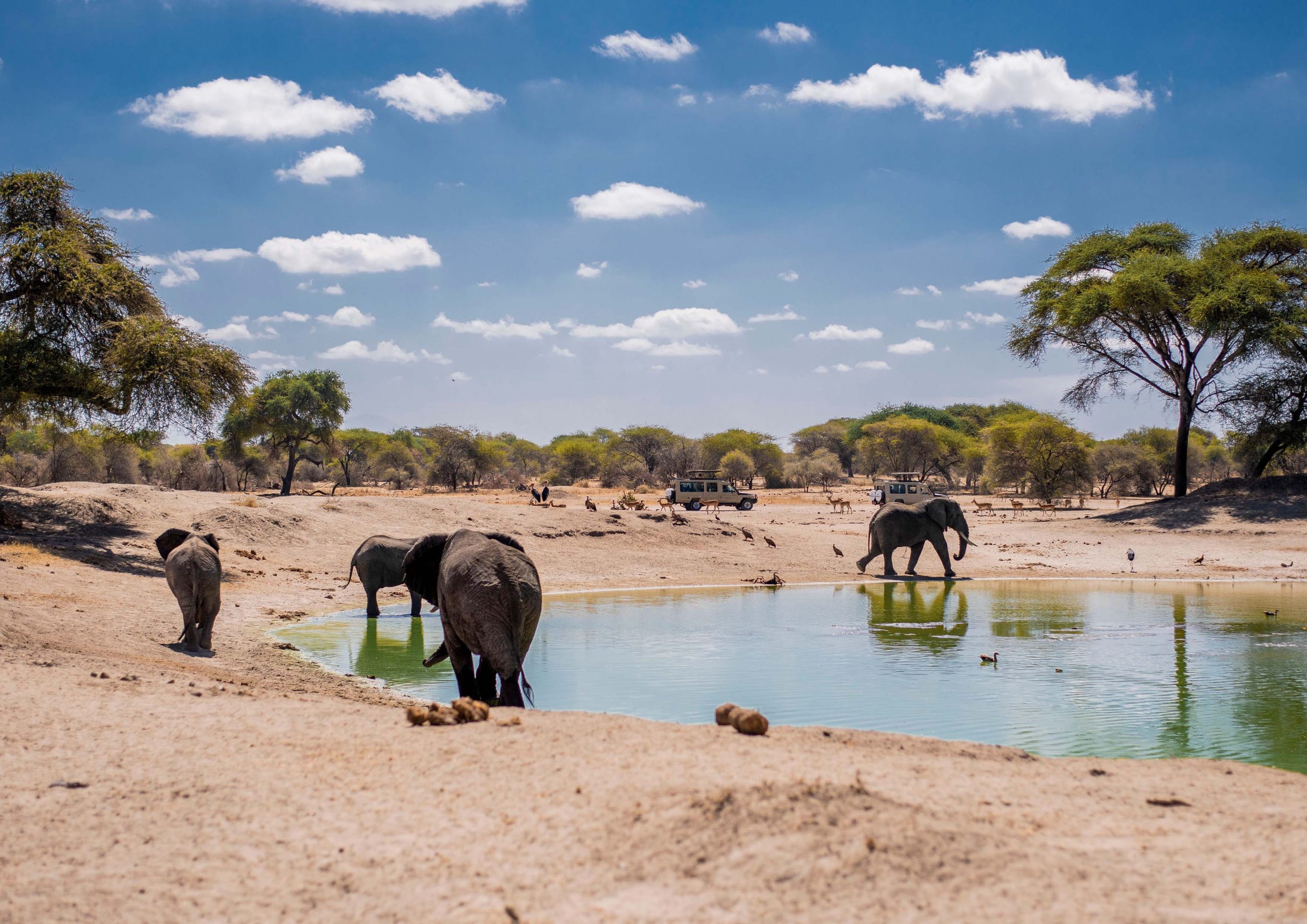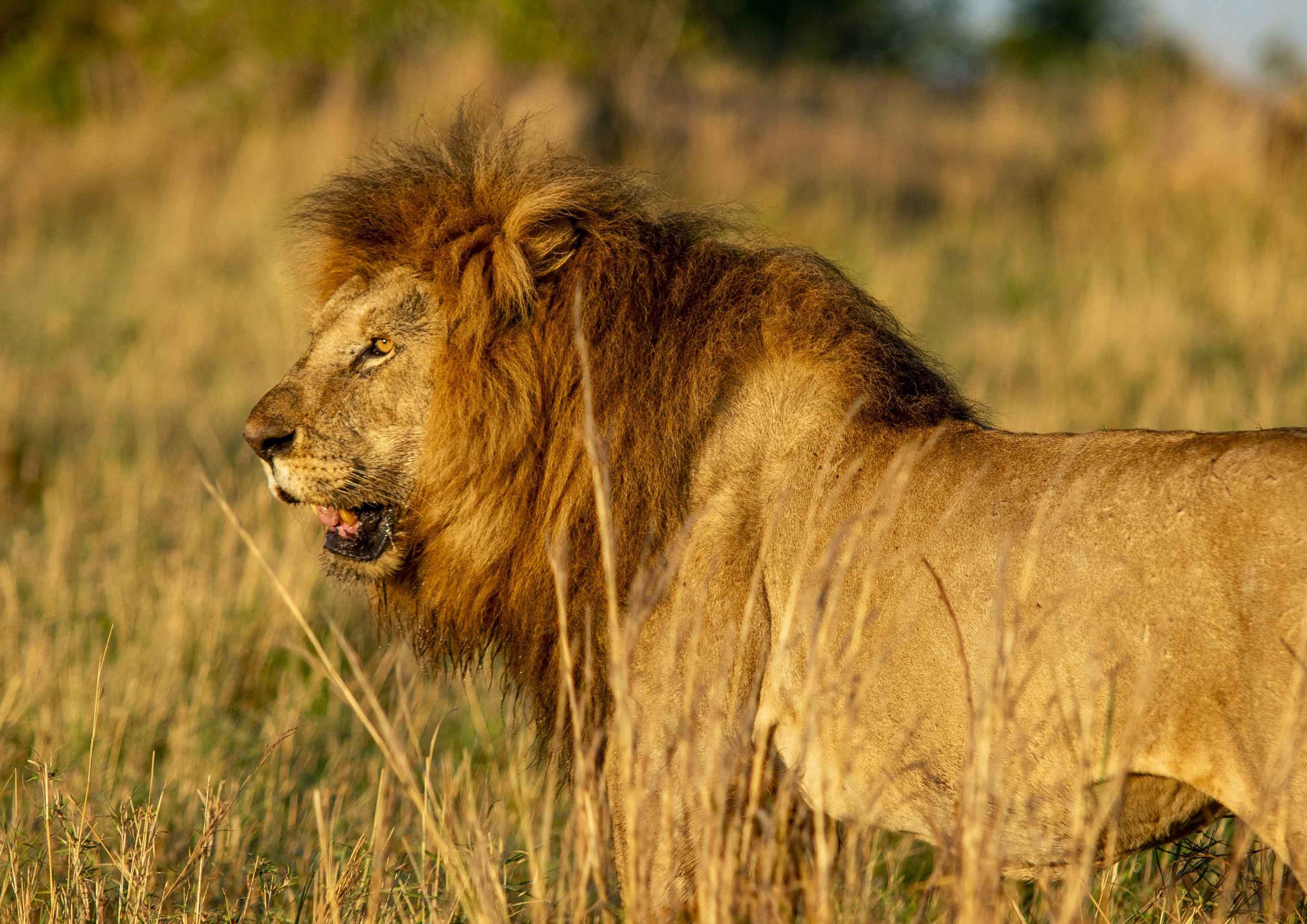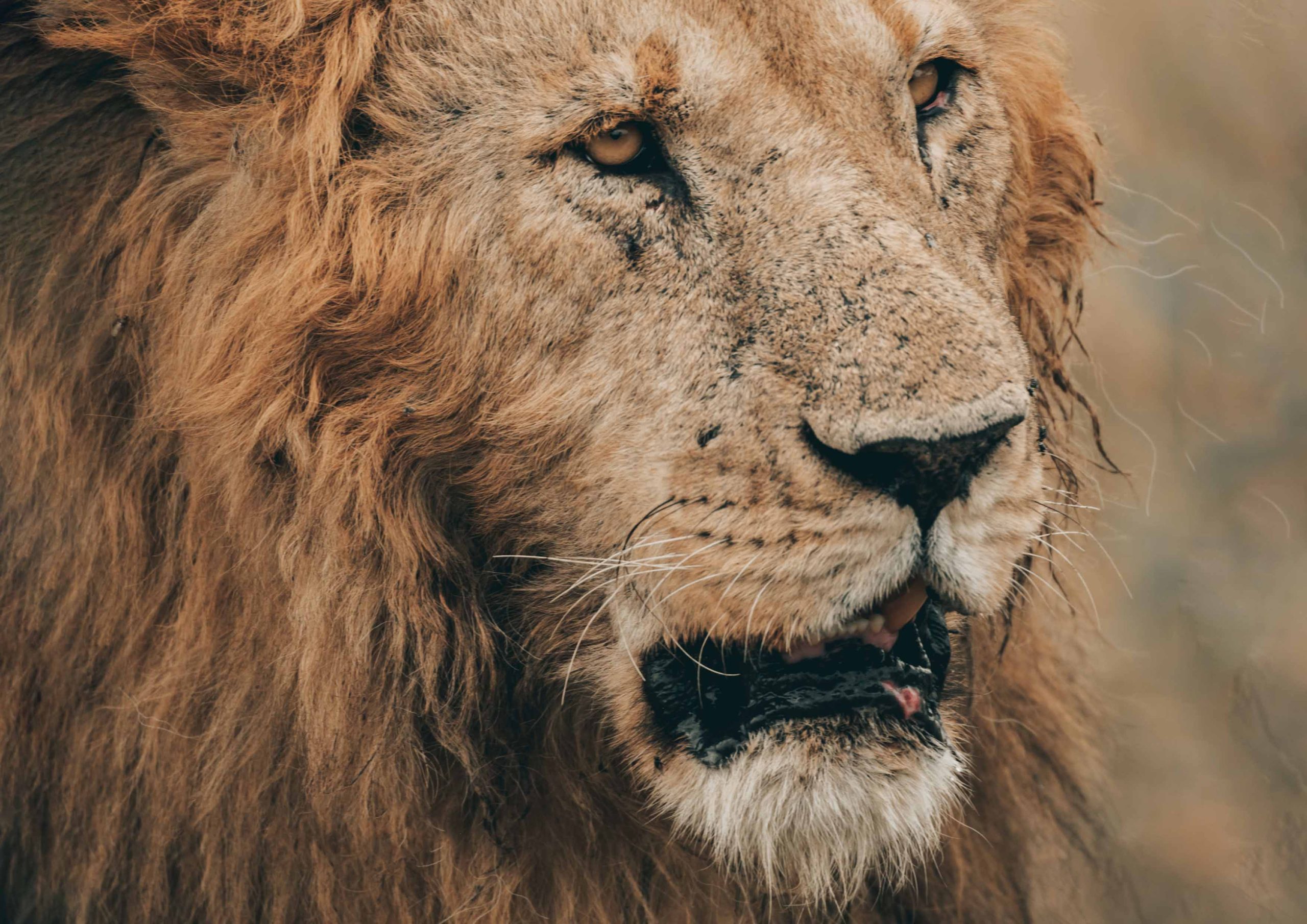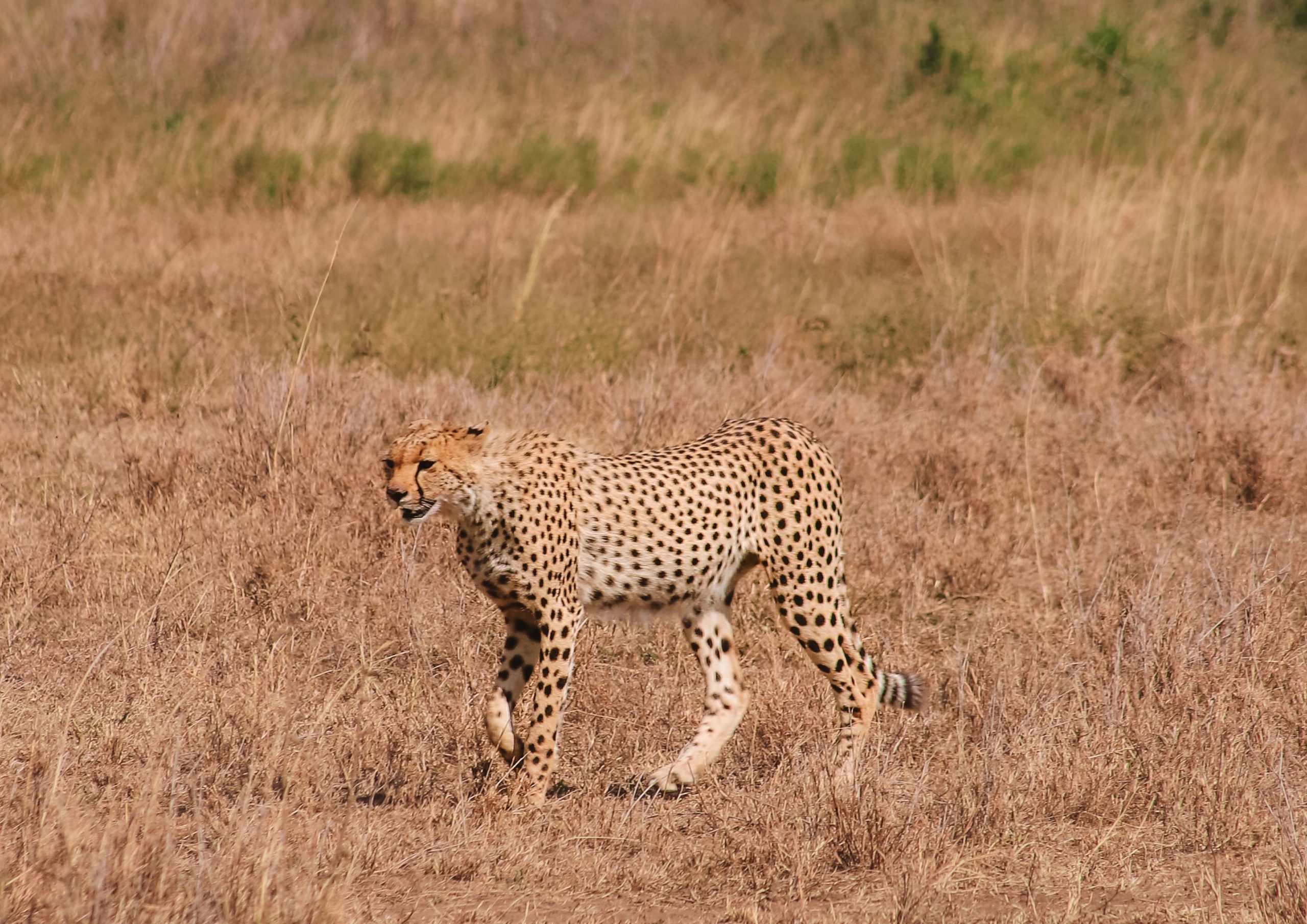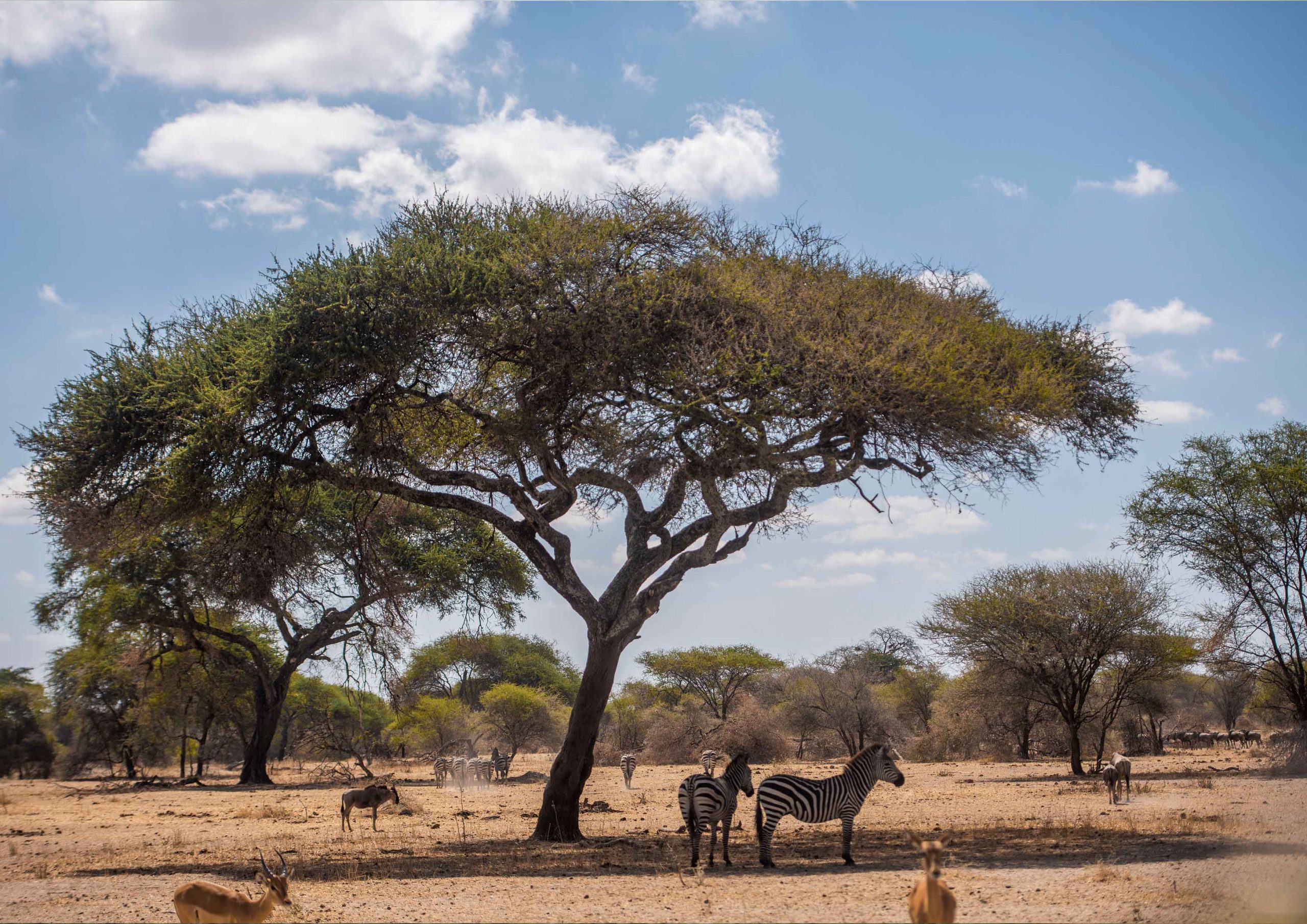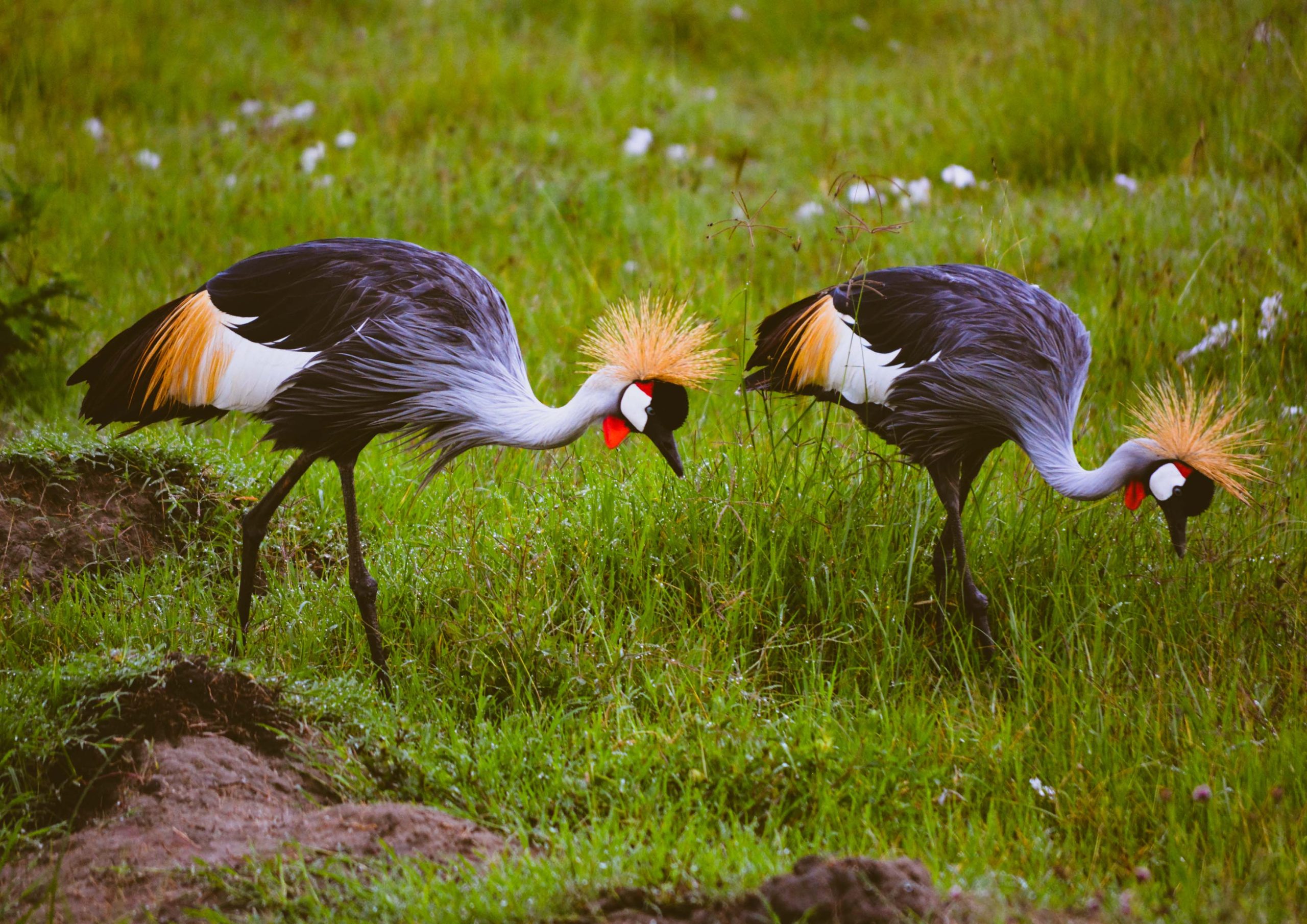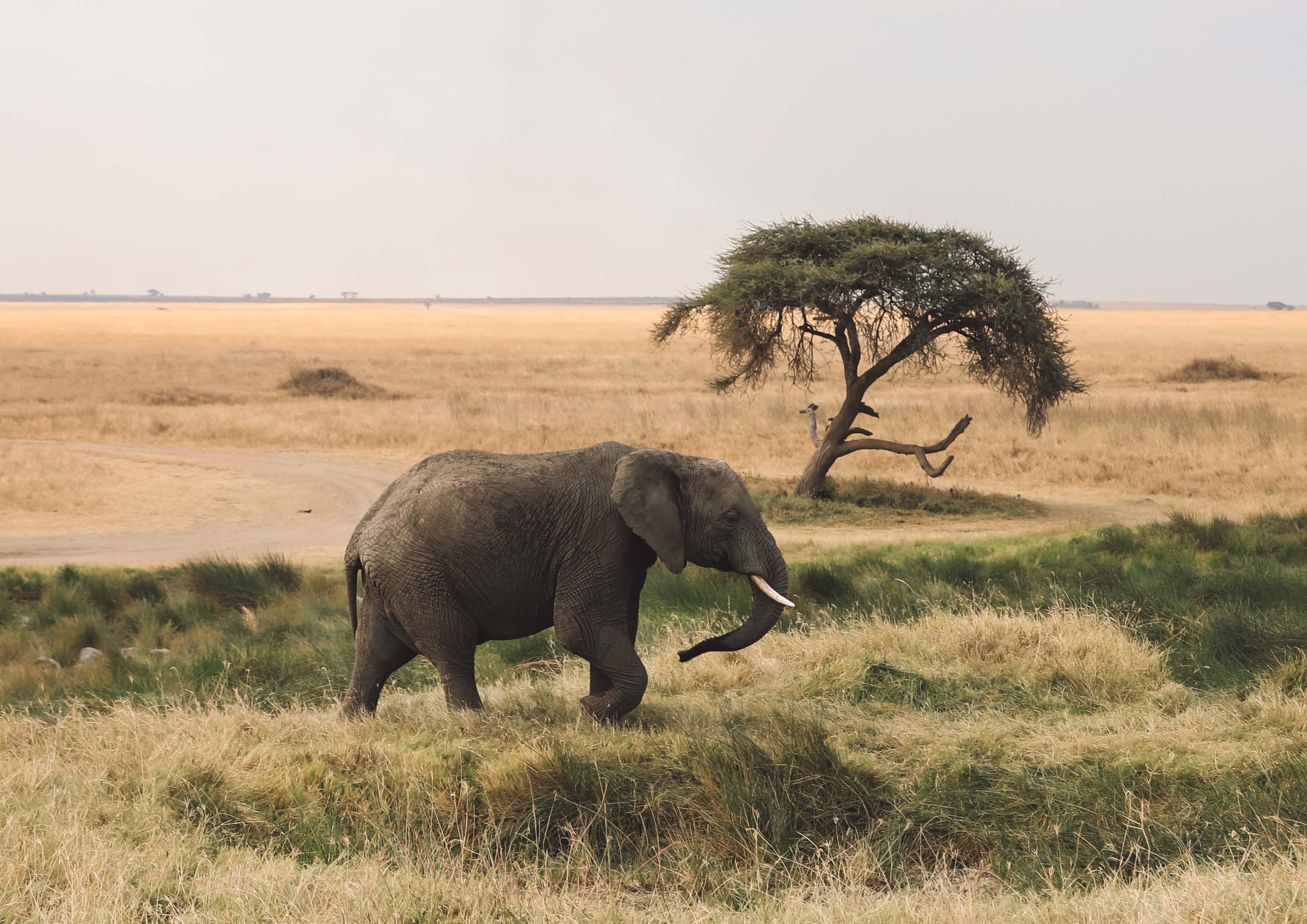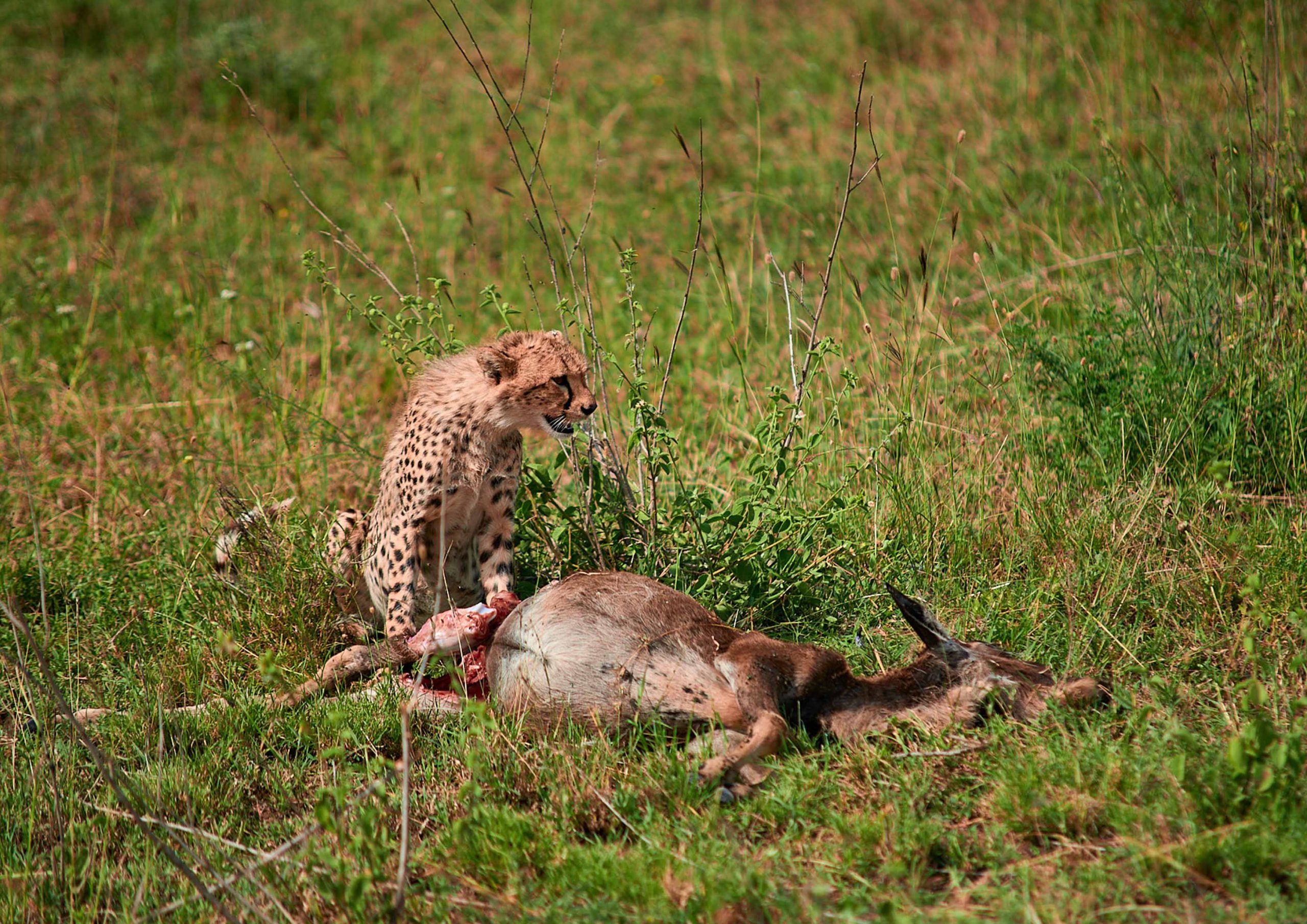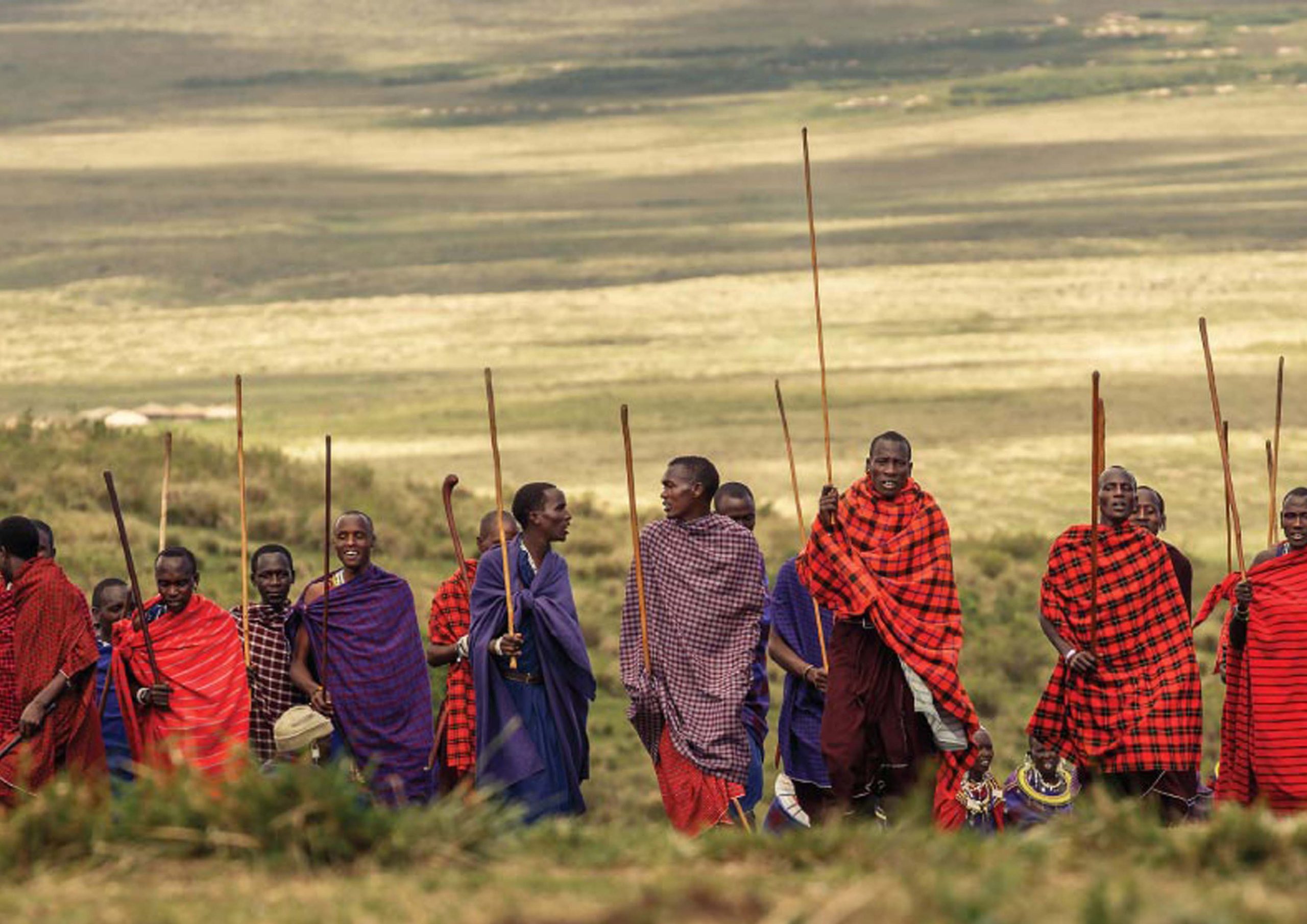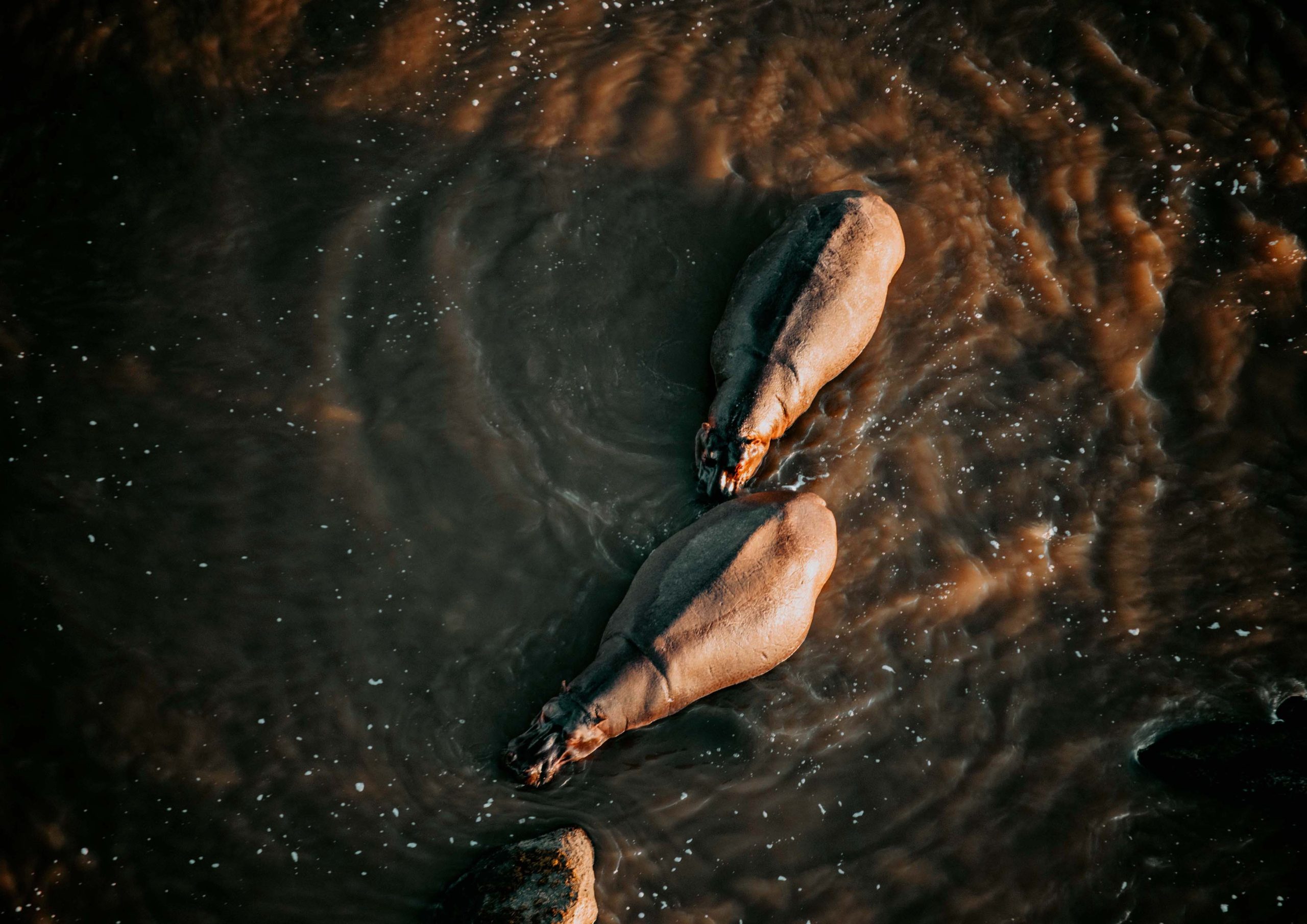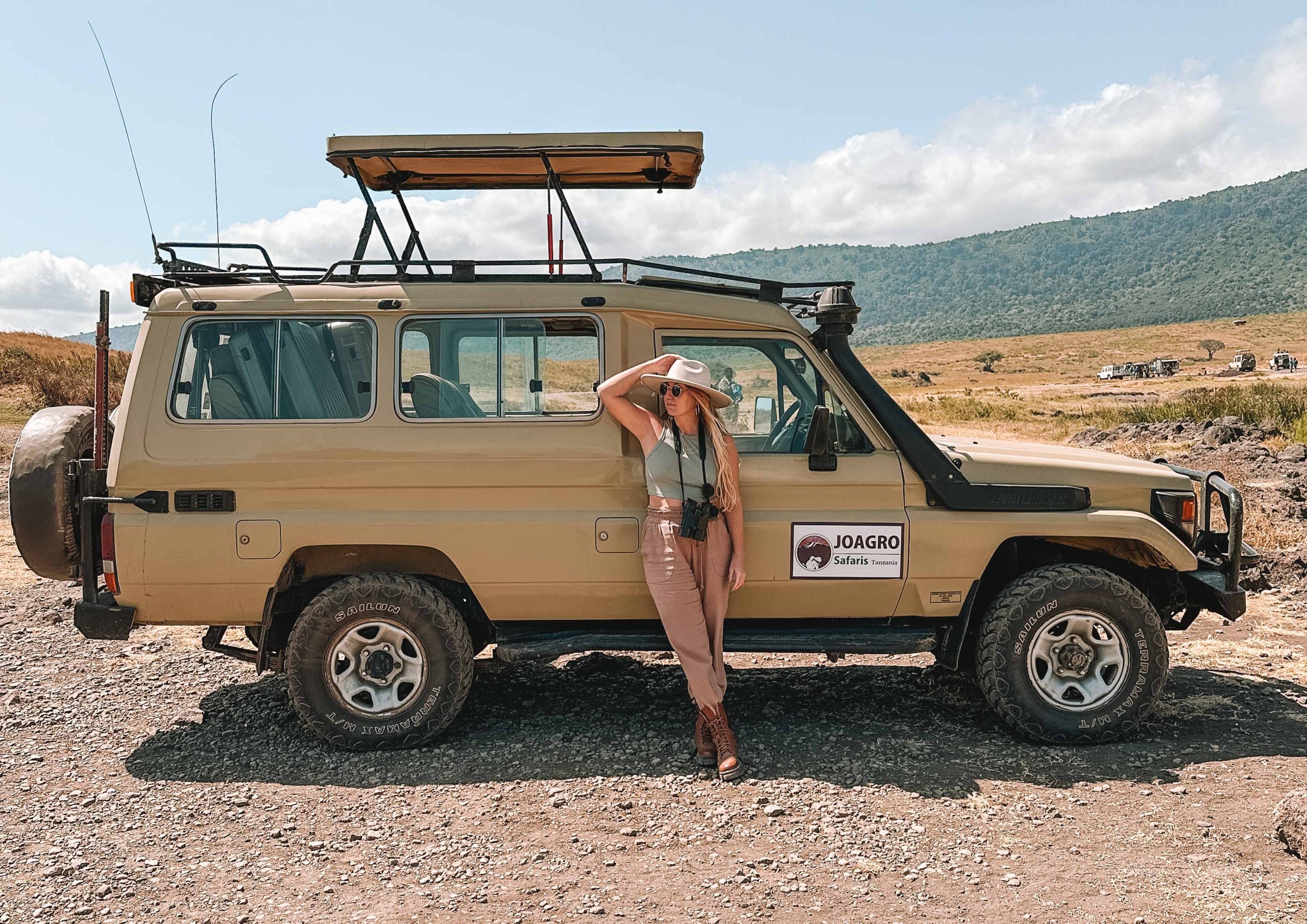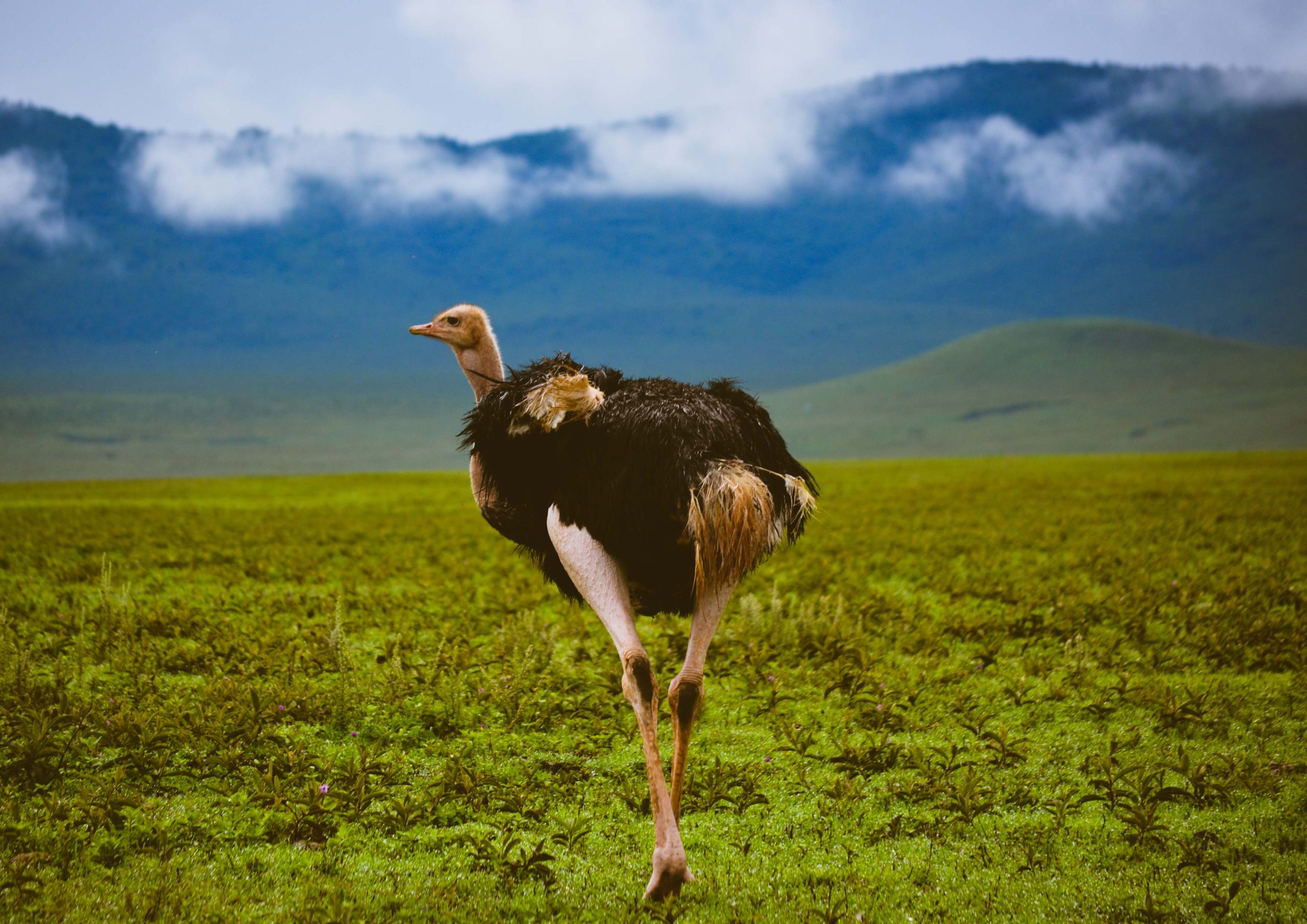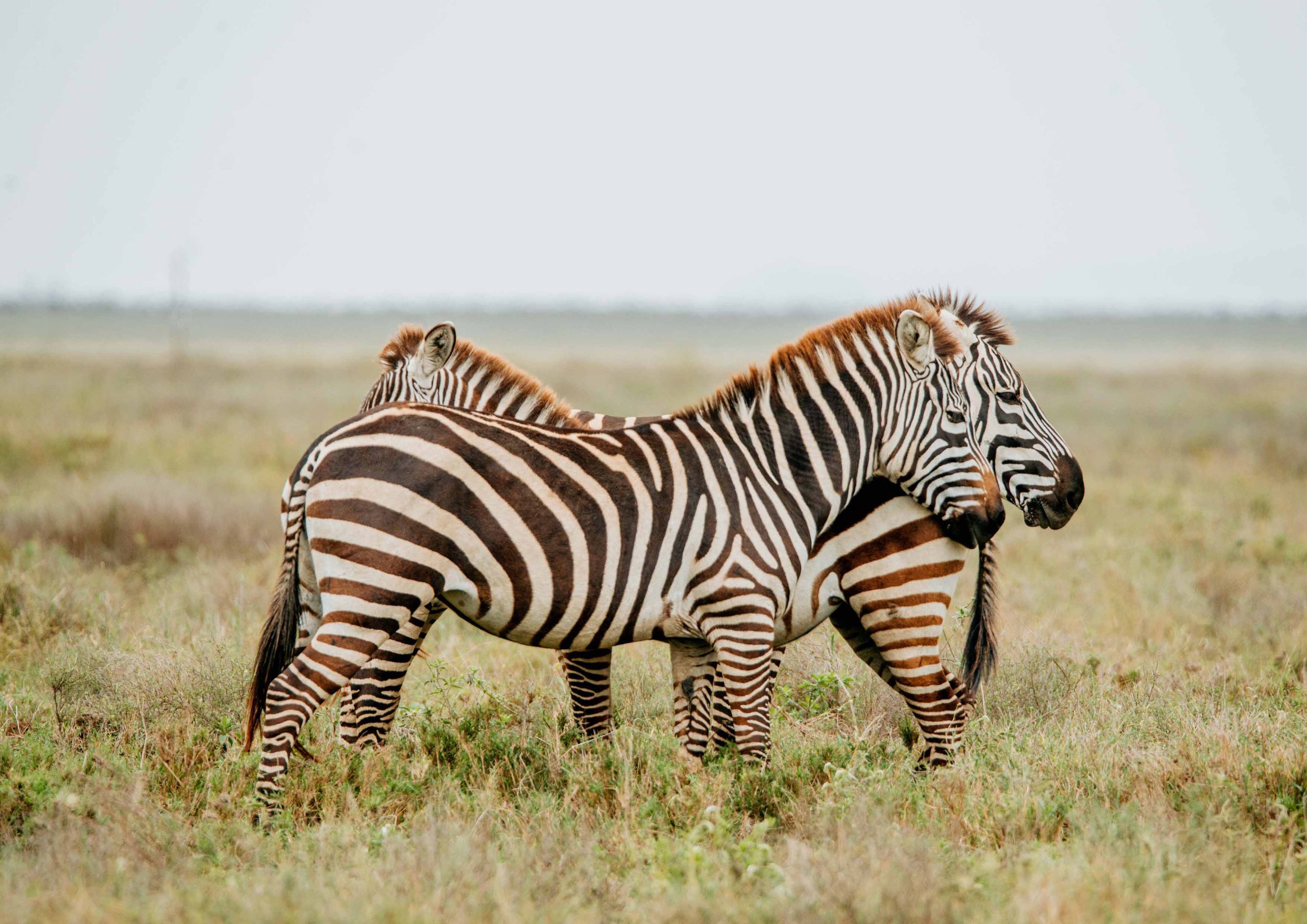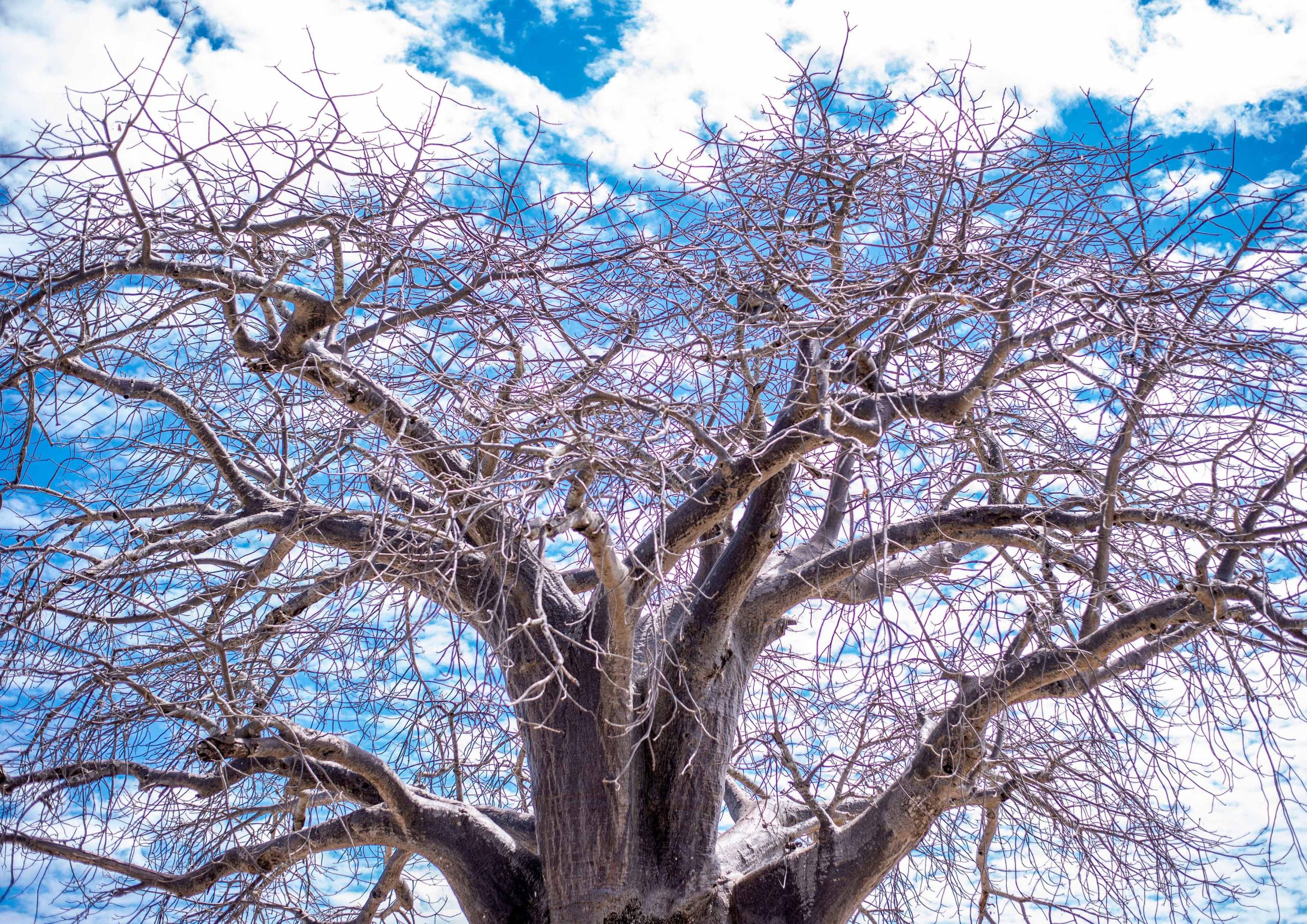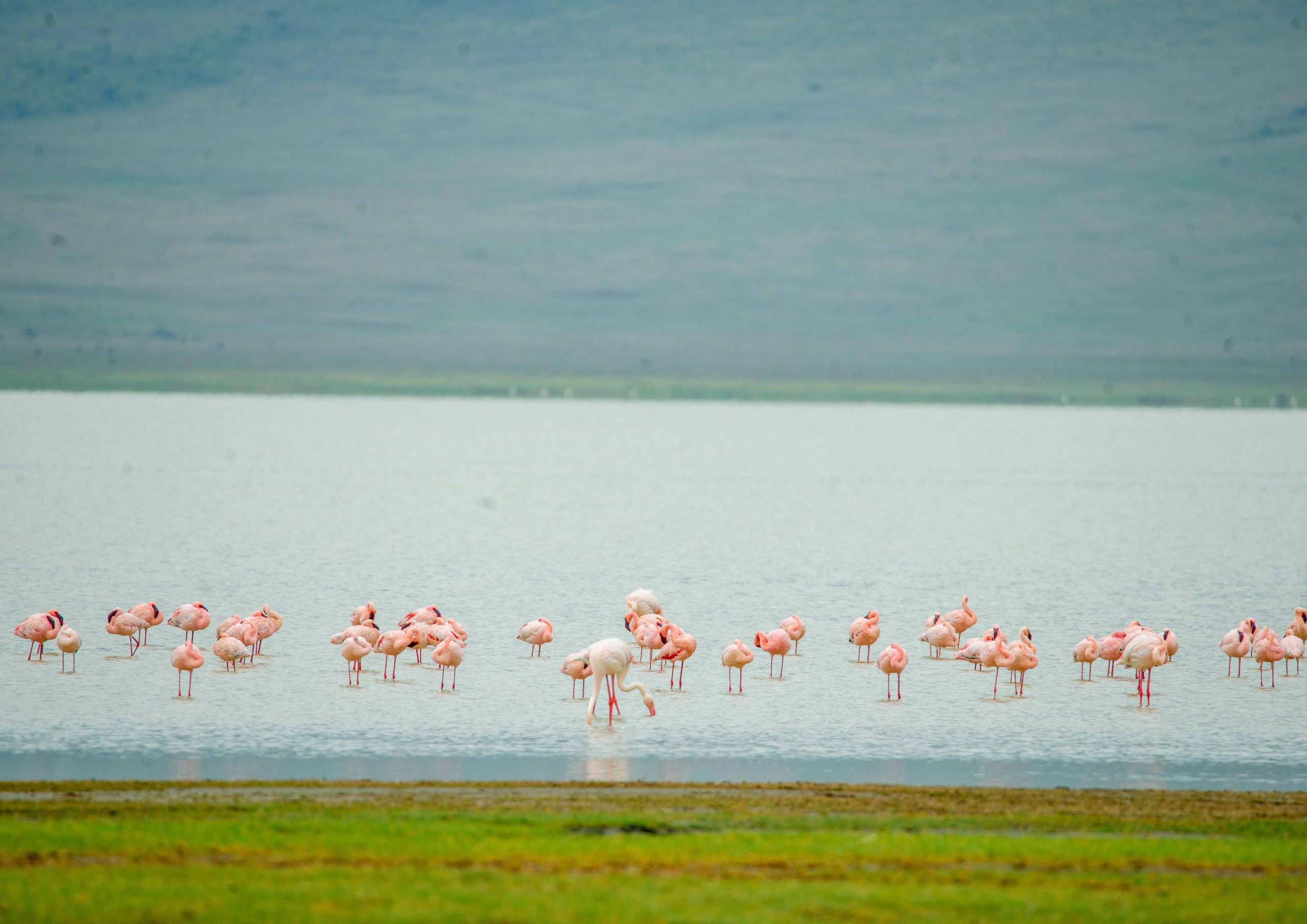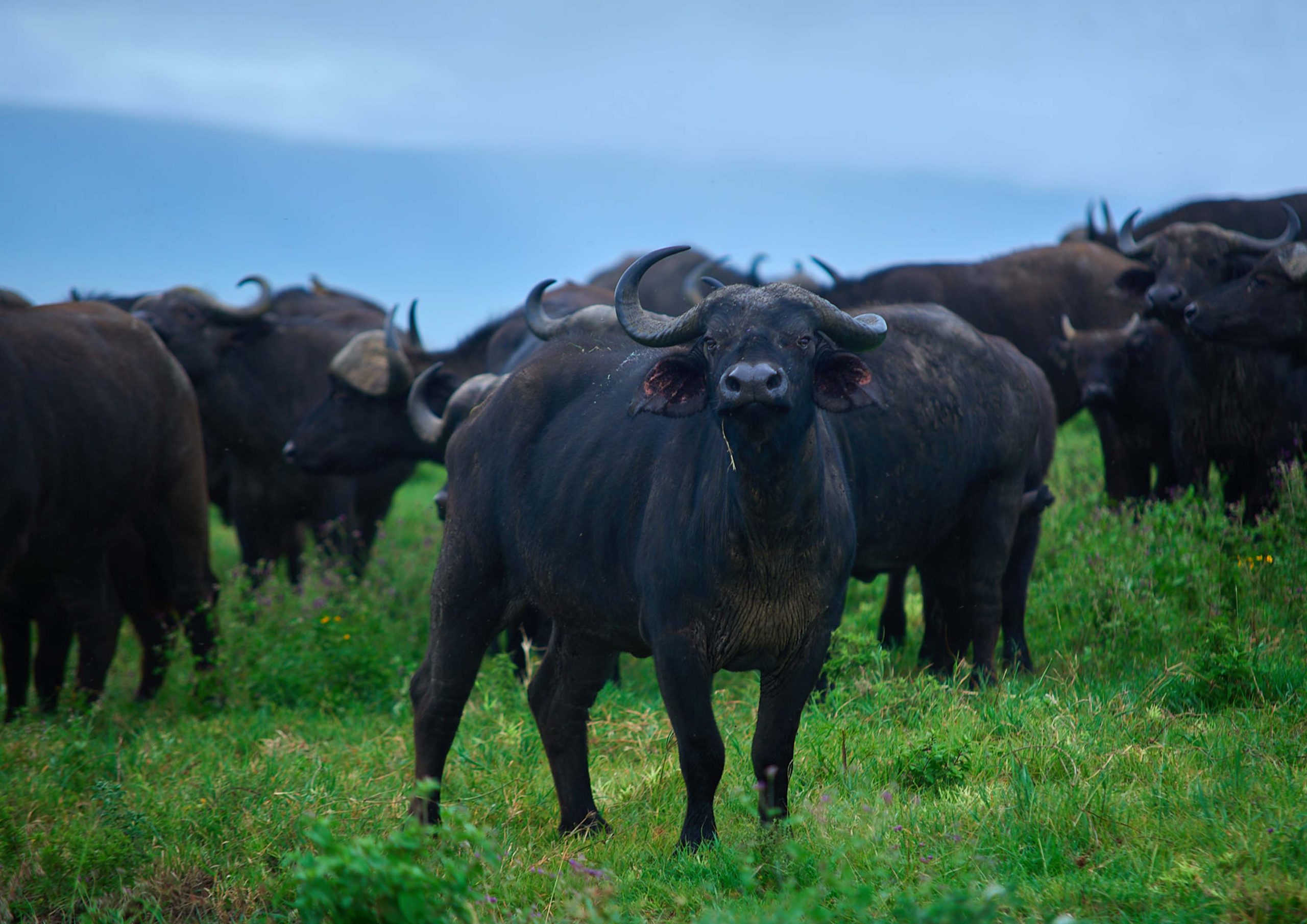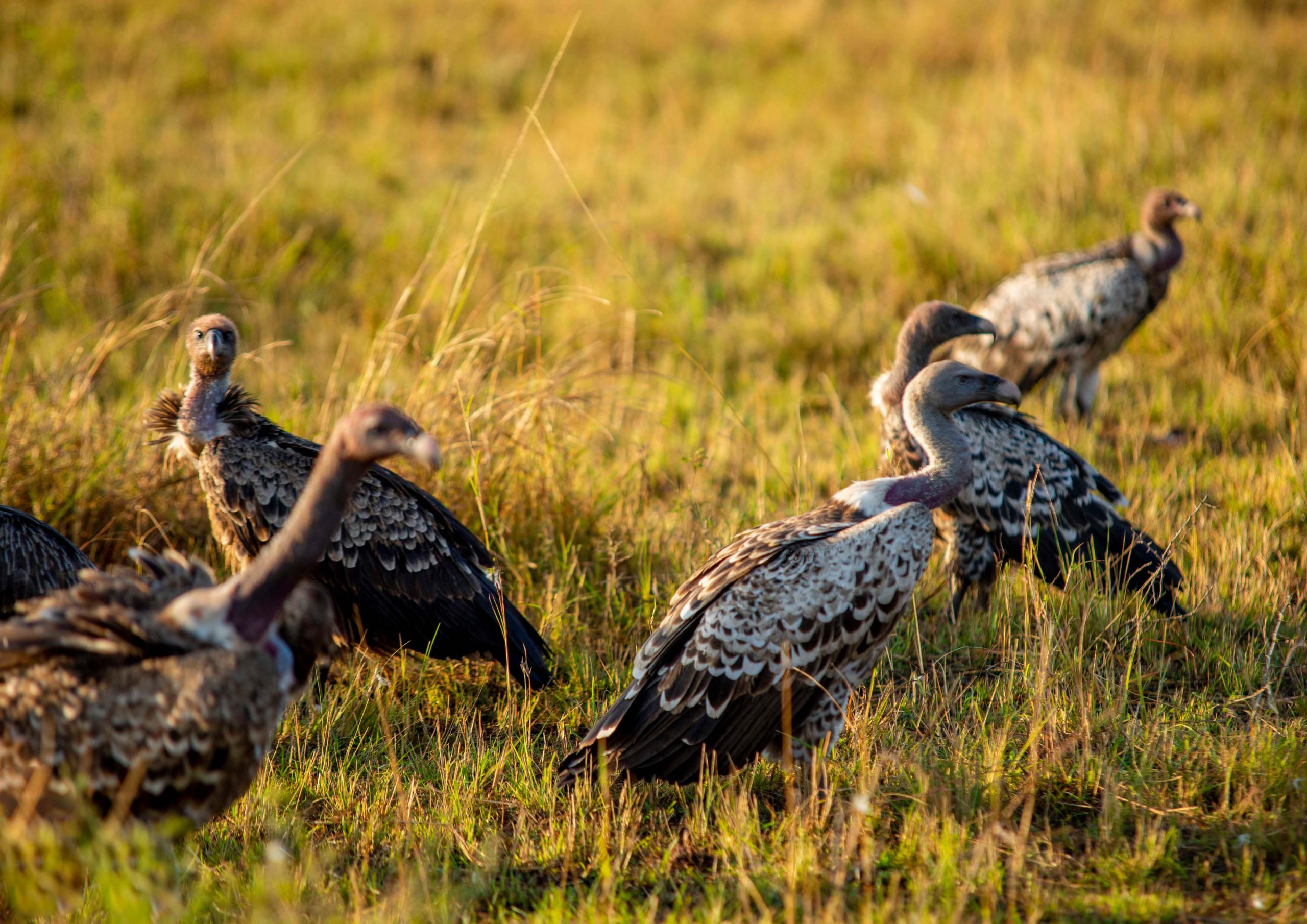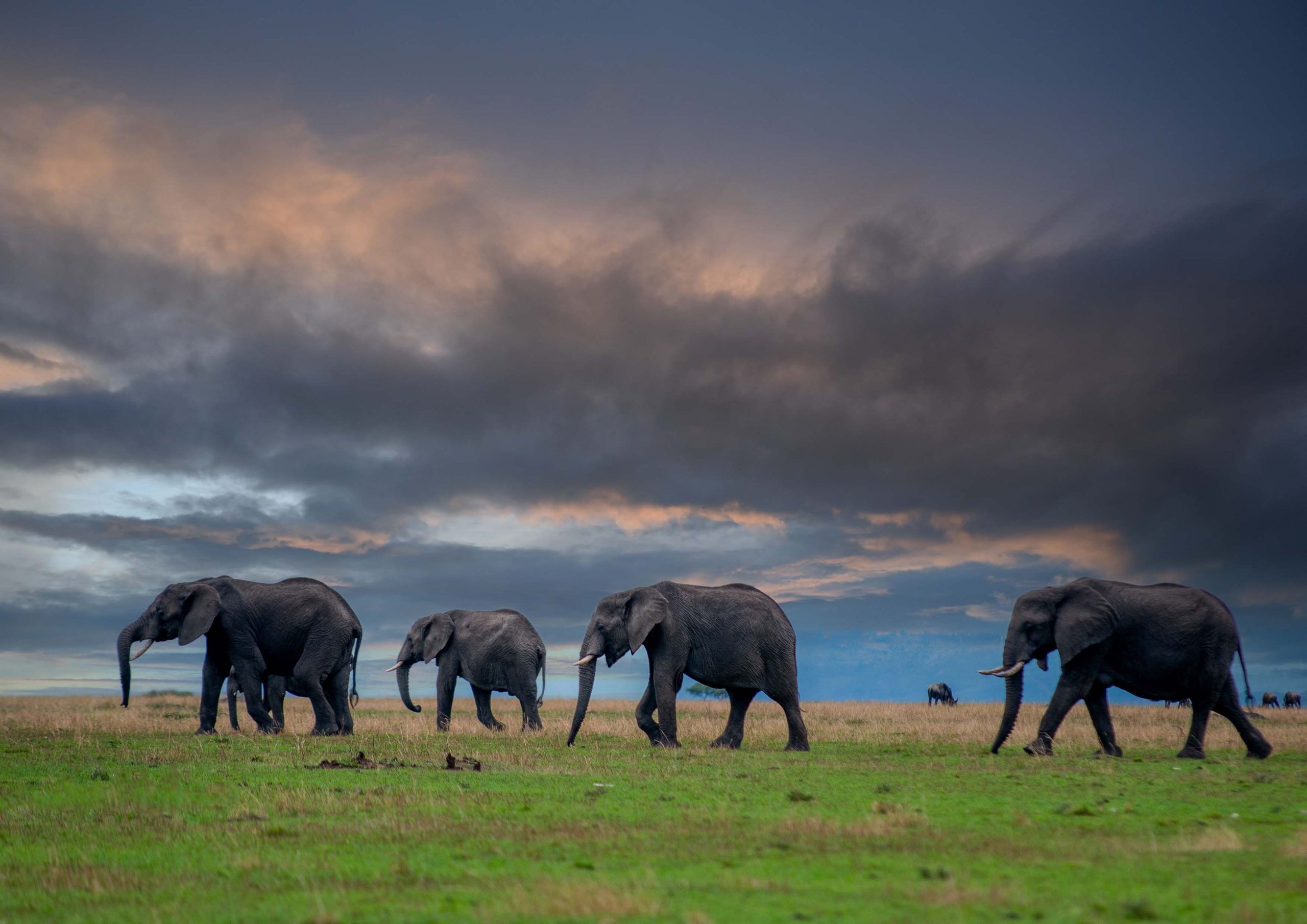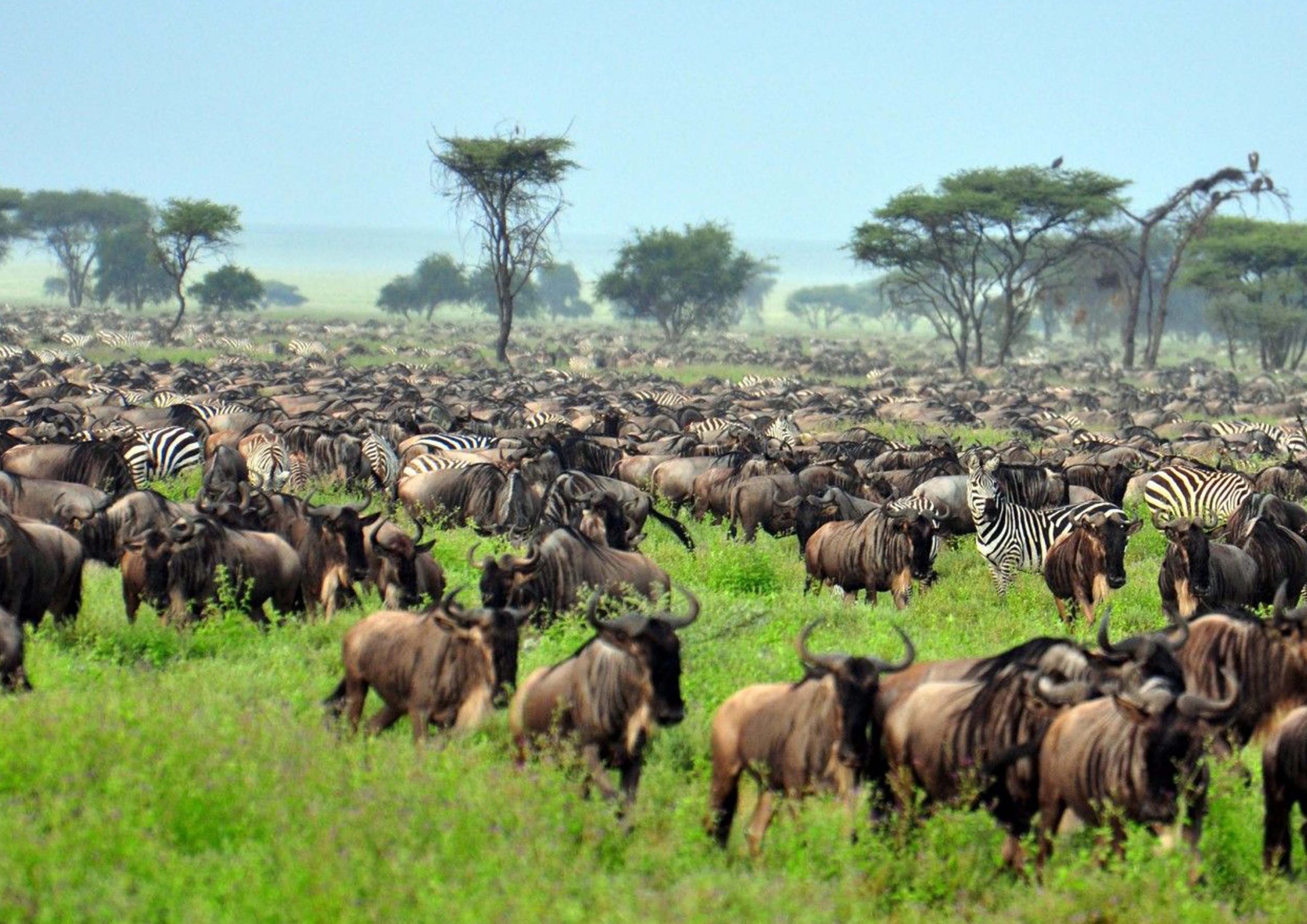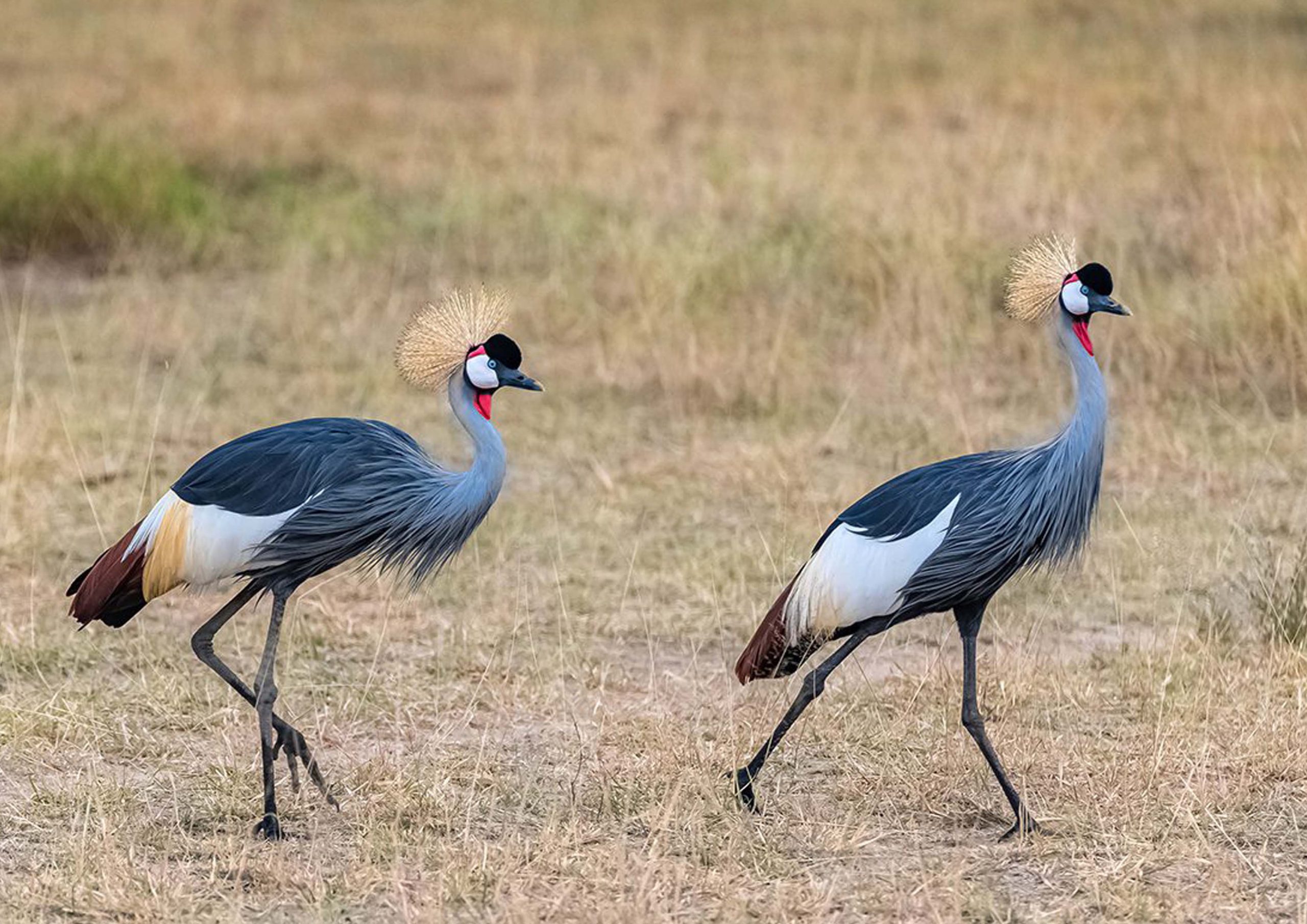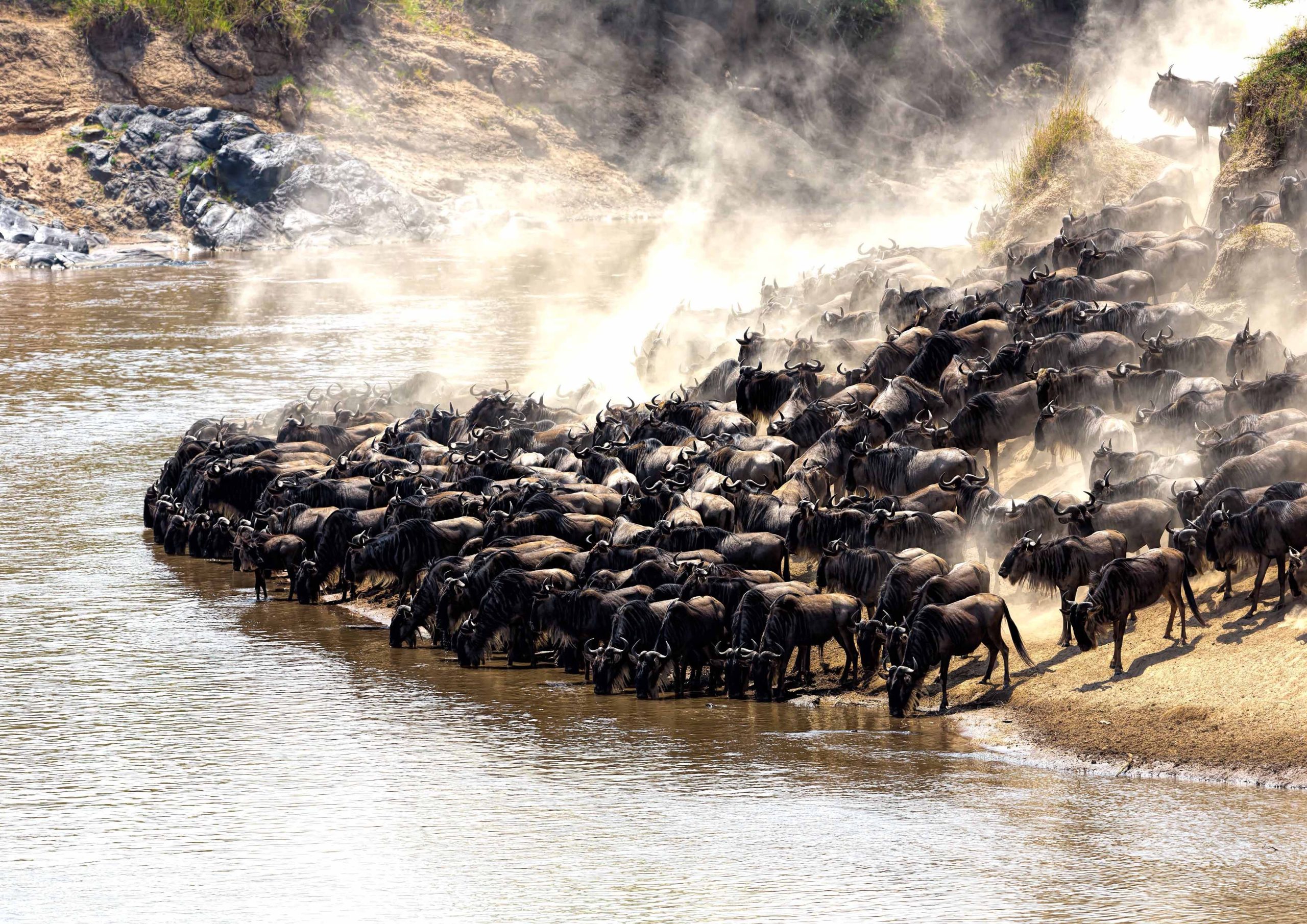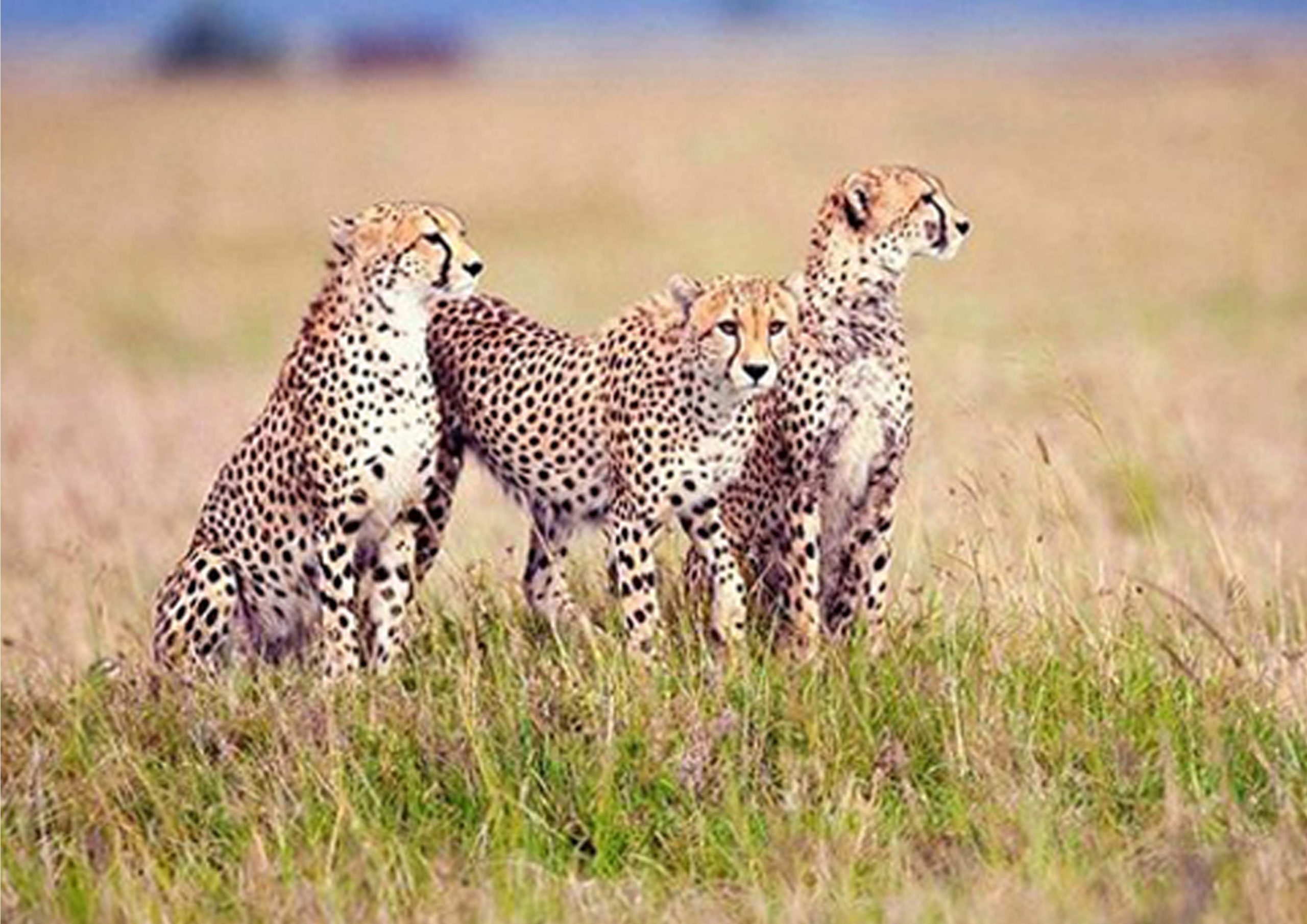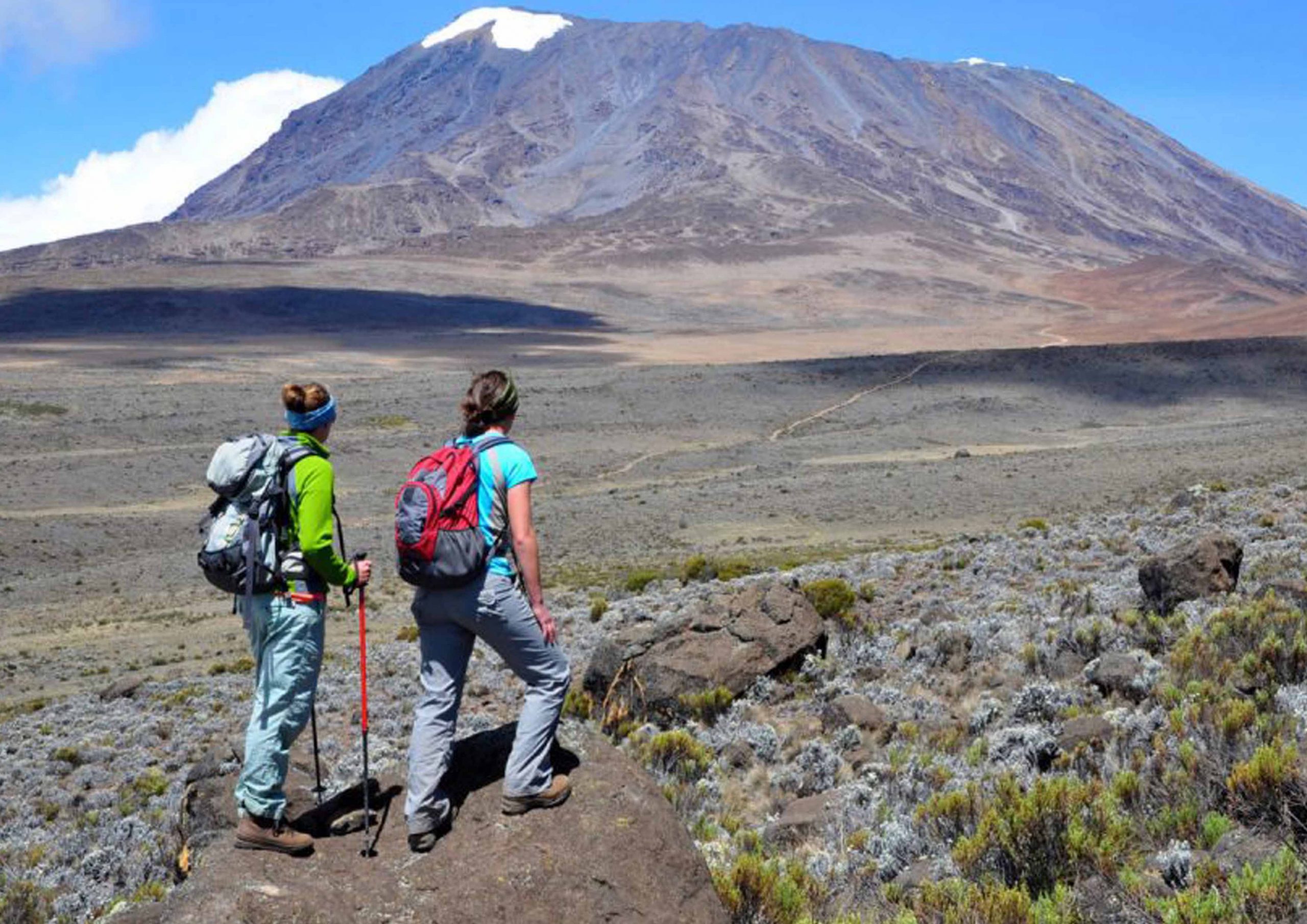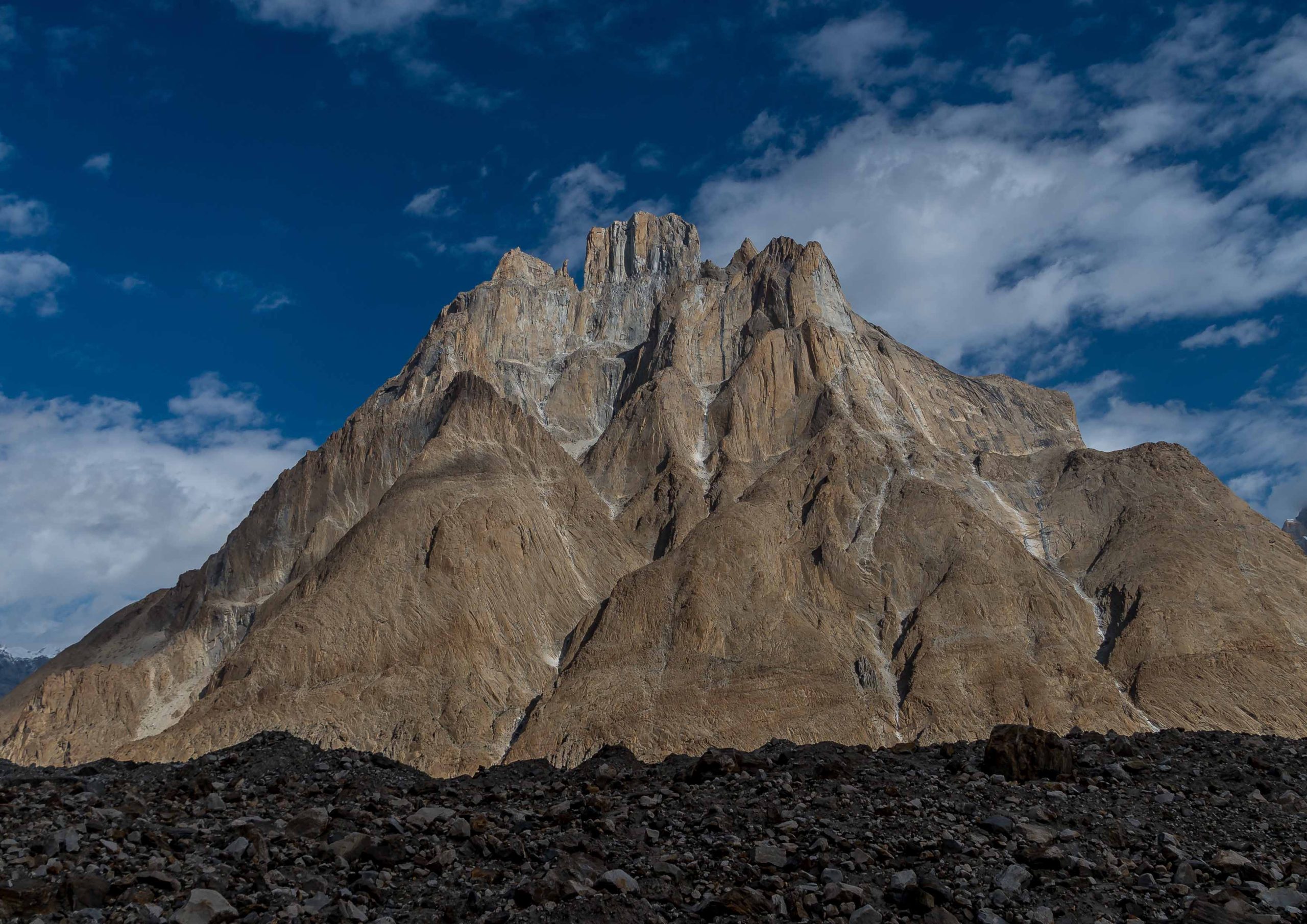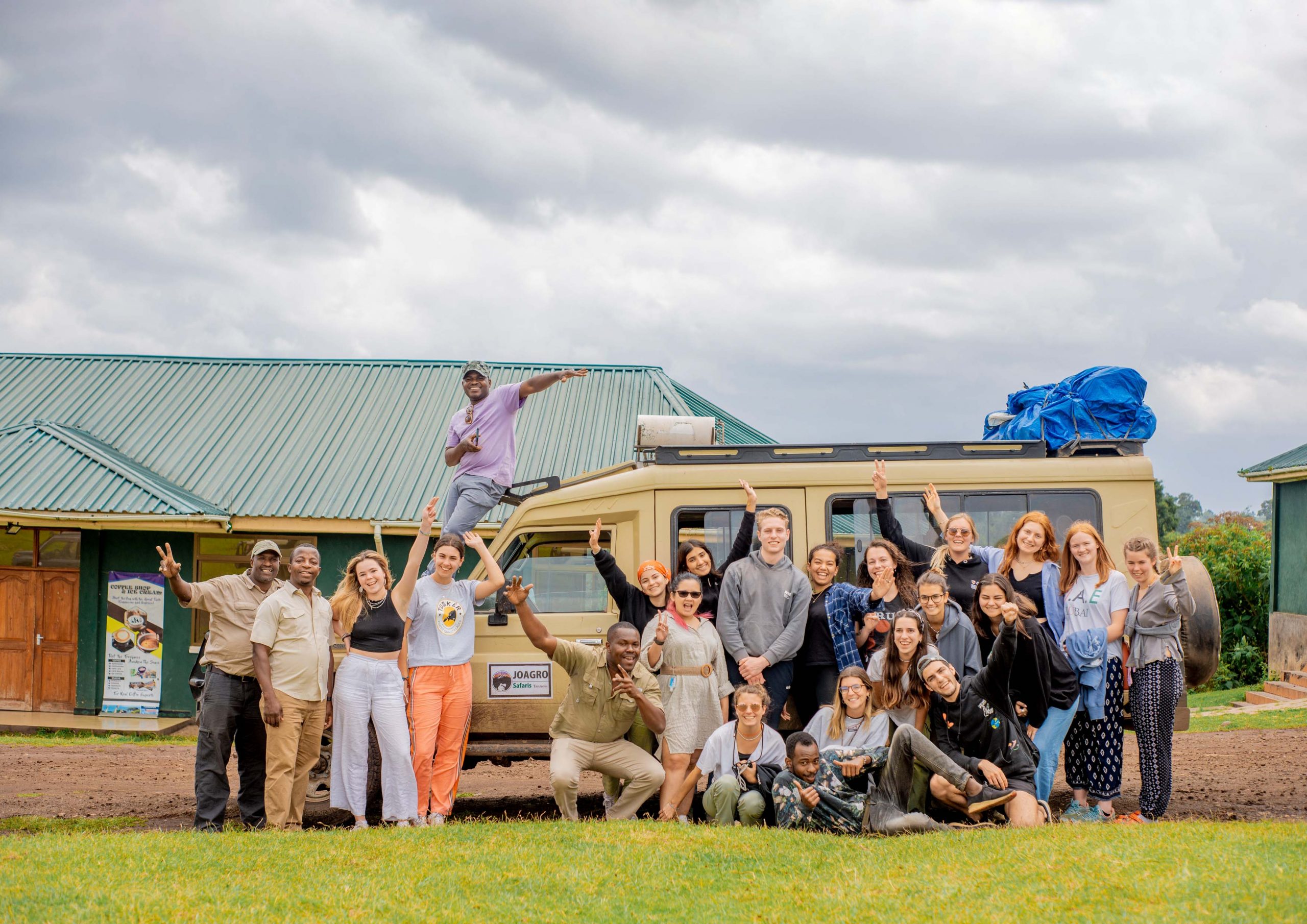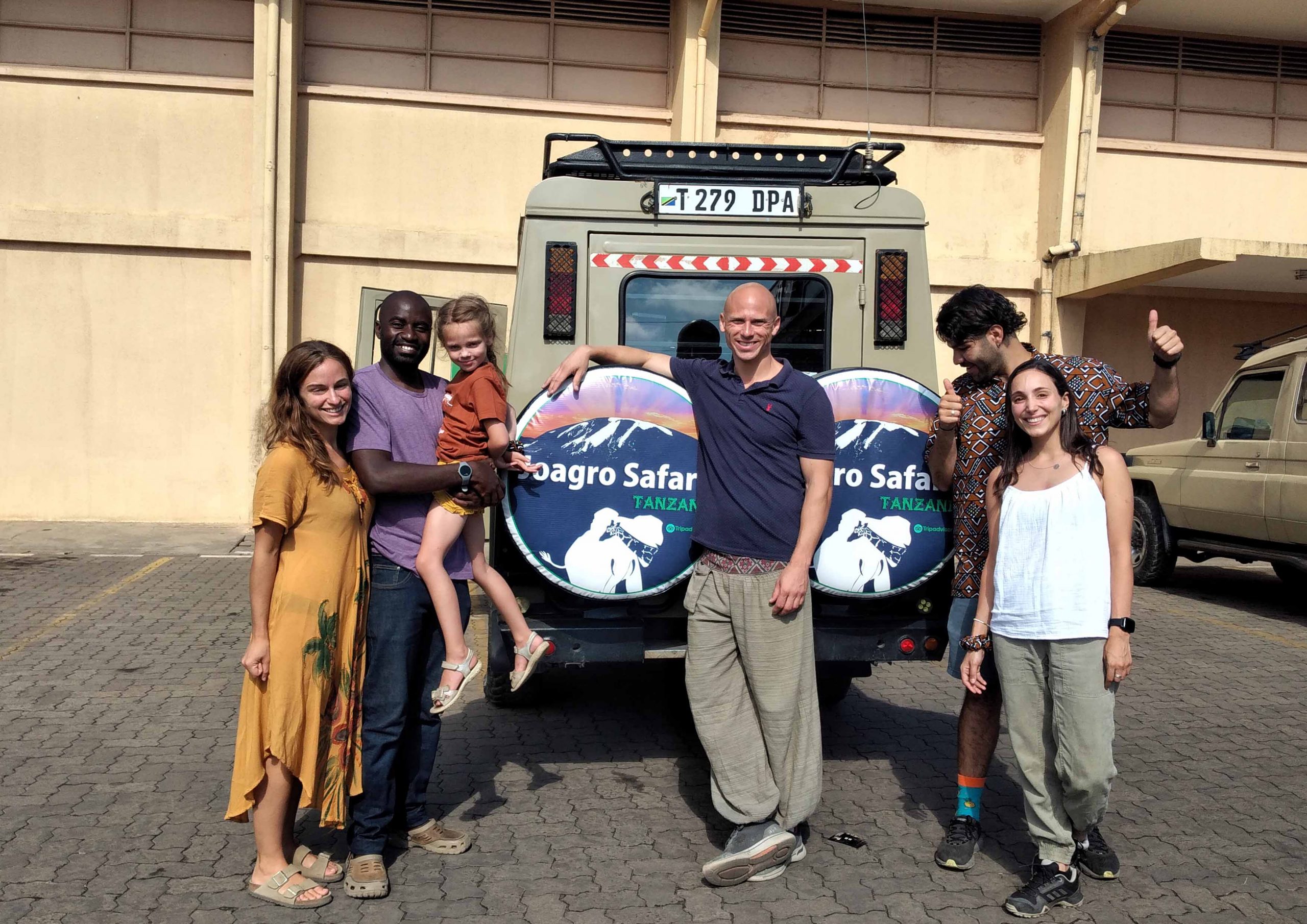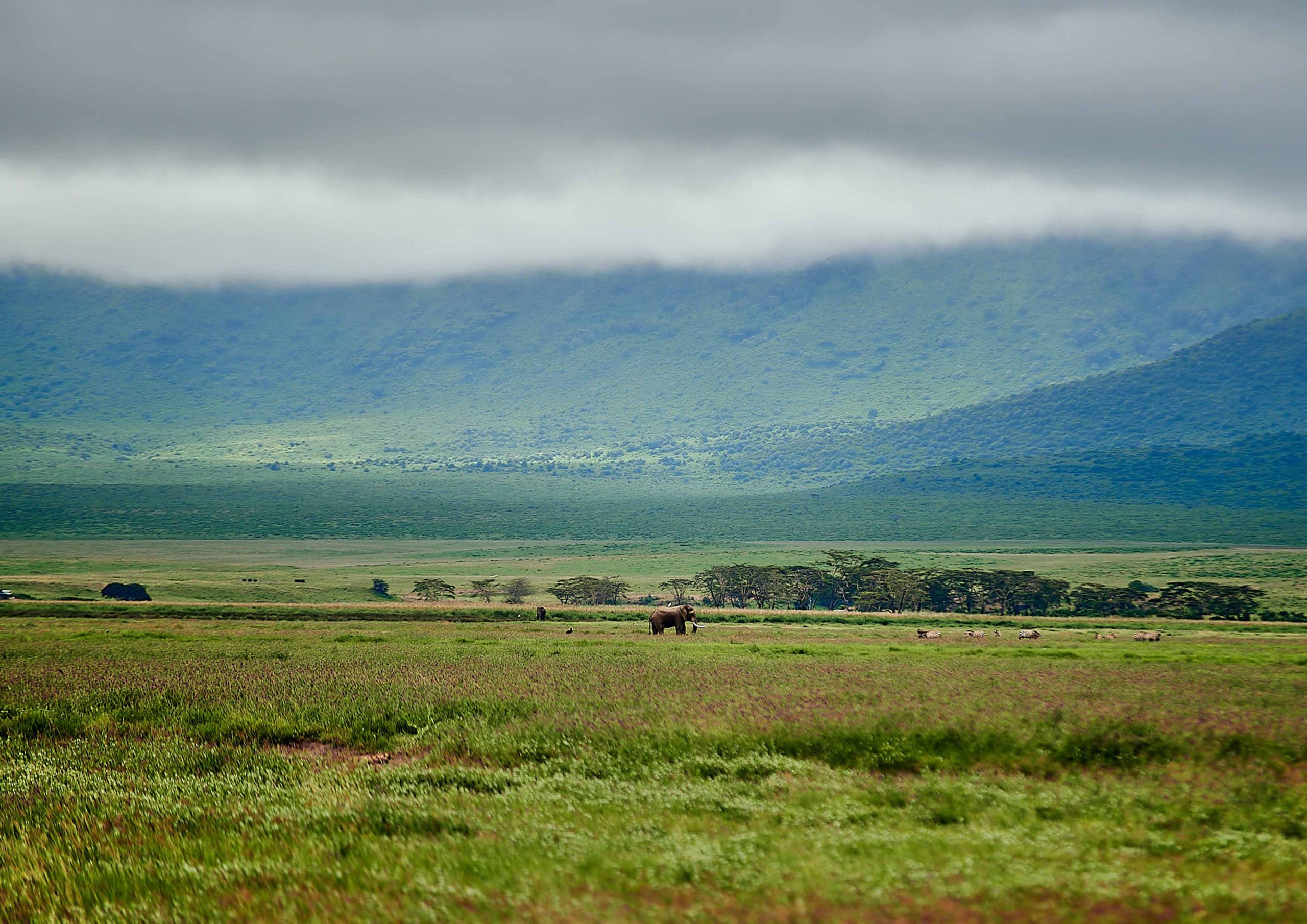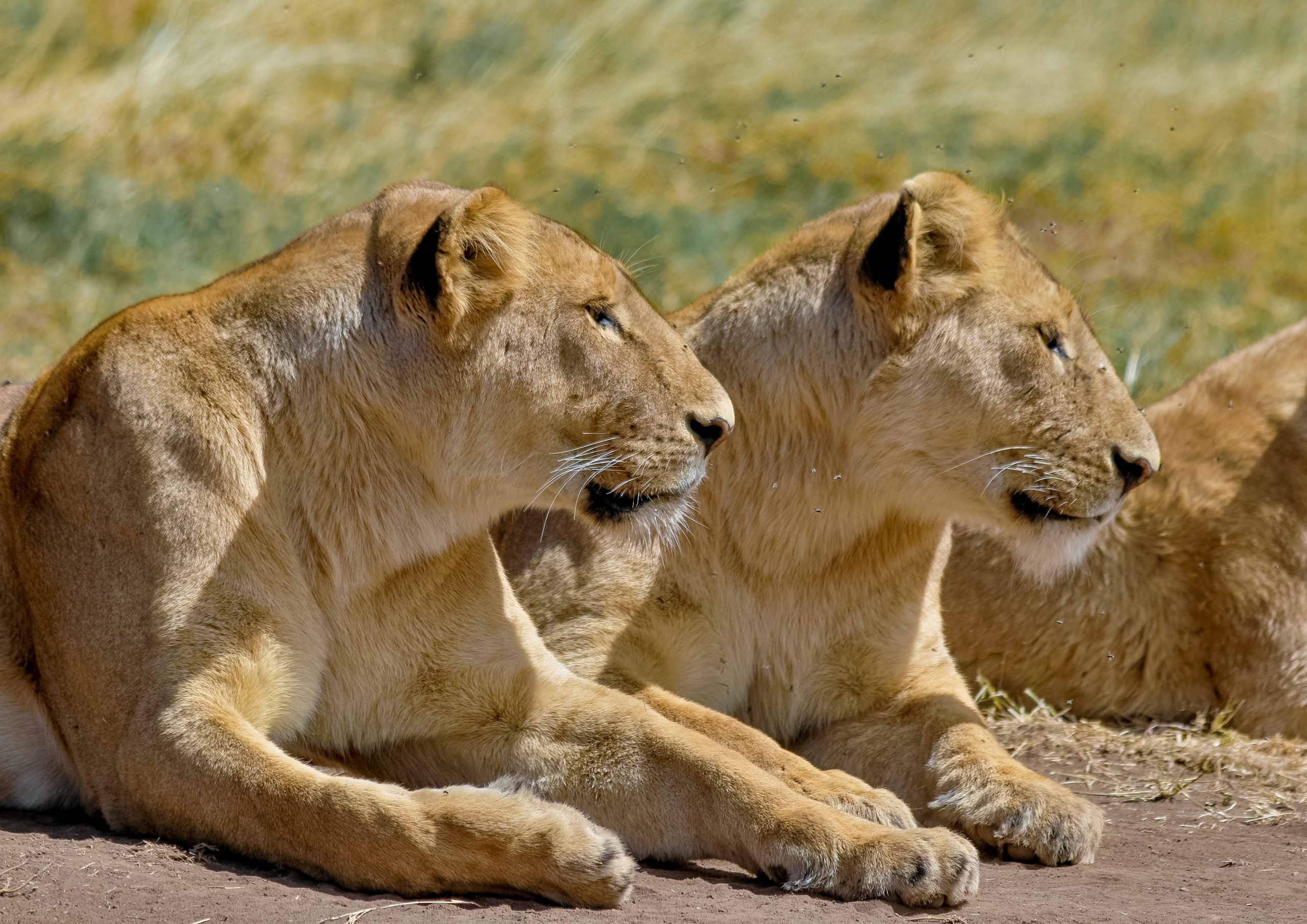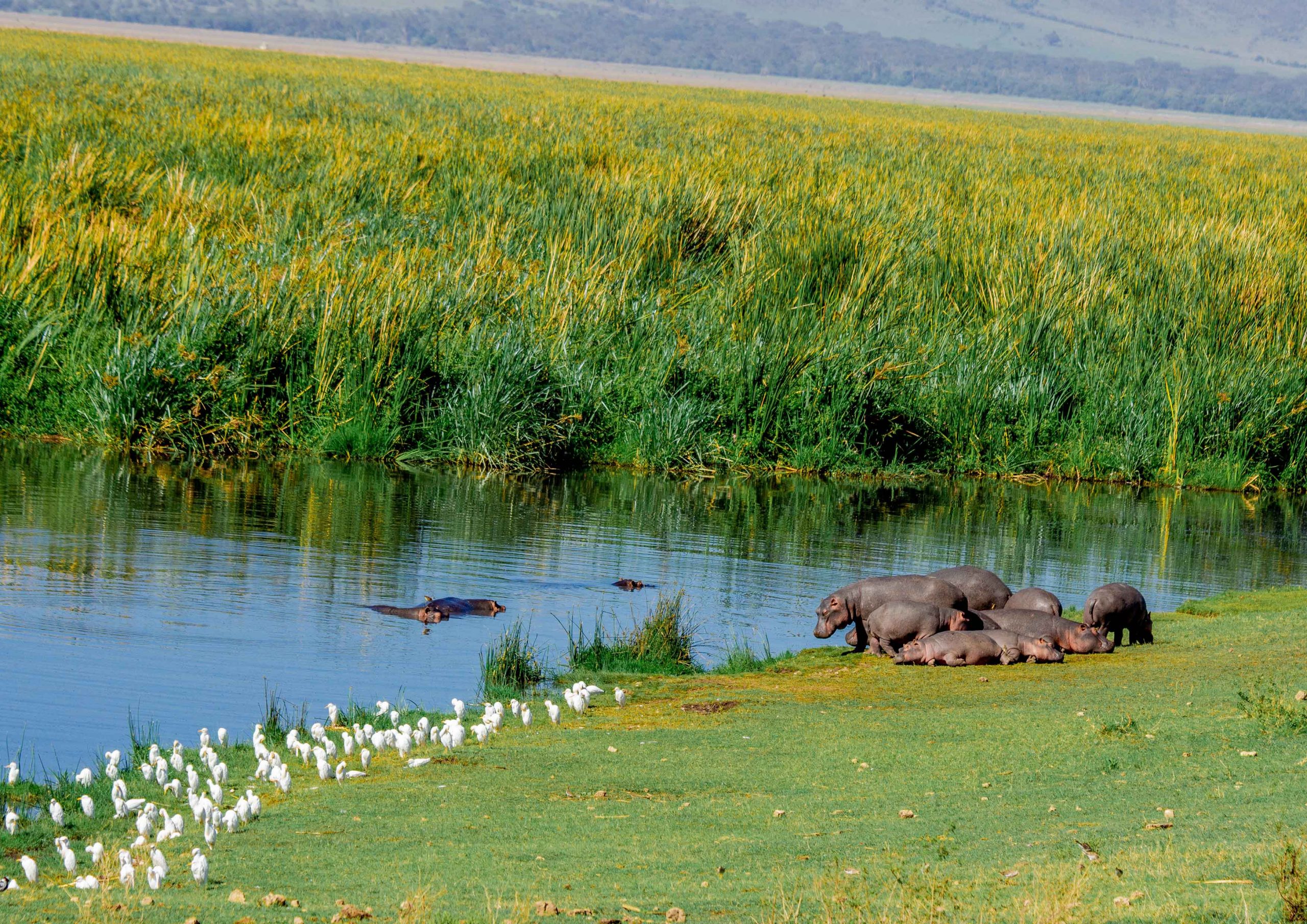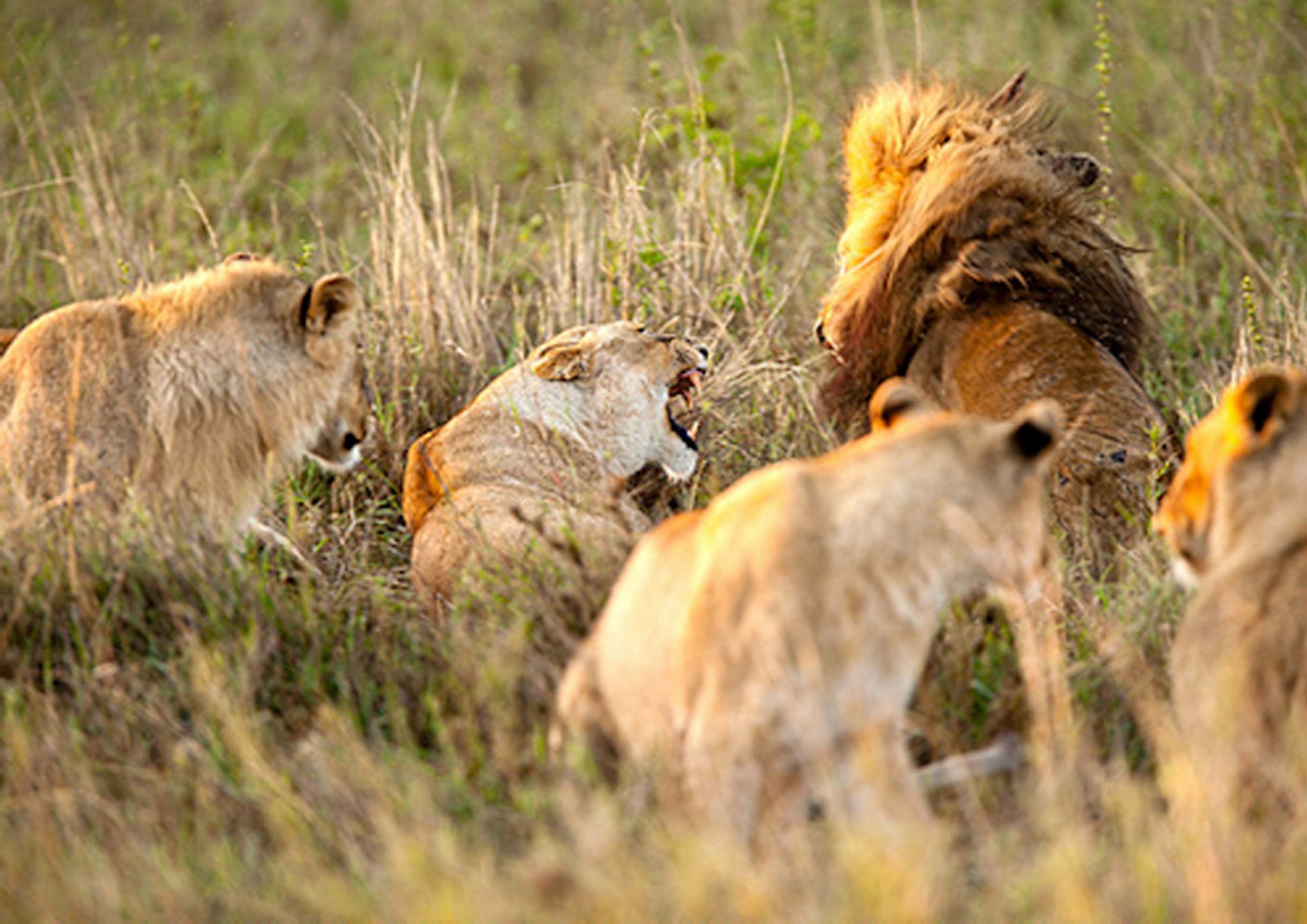Planning and Preparation
1. Best Time to Visit:
Tanzania’s safari season varies depending on what you want to see. The dry season, from late June to October, is ideal for game viewing because animals gather around water sources, making them easier to spot. The wet season, from November to May, offers lush landscapes and fewer tourists, plus opportunities to see newborn animals, especially during the Great Migration calving period in Ndutu (December to March).
2. Visa and Travel Requirements:
Most visitors will need a visa to enter Tanzania. This can usually be obtained on arrival at the airport or in advance online. Make sure your passport is valid for at least six months beyond your travel dates.
3. Vaccinations and Health:
Yellow fever vaccination is mandatory if you’re coming from a country with risk of yellow fever. Other recommended vaccines include hepatitis A and B, typhoid, and tetanus. Malaria is prevalent, so taking anti-malarial medication and using insect repellent is essential.
Safari Destinations
1. Serengeti National Park:
Known for its large populations of lions, elephants, giraffes, and the annual wildebeest migration, the Serengeti offers extensive plains with diverse wildlife.
2. Ngorongoro Crater:
This vast volcanic crater hosts a dense concentration of animals, including rhinos, buffalo, and hippos, within a relatively small area, making it easier to spot a wide variety.
3. Tarangire National Park:
Famous for its huge baobab trees and large elephant herds, Tarangire is quieter and less crowded than the Serengeti but offers excellent wildlife viewing.
4. Lake Manyara National Park:
A smaller park known for tree-climbing lions and flamingos along the lake’s shores.
Safari Activities
1. Game Drives:
Most safaris involve early morning and late afternoon drives when animals are more active. Vehicles are usually open-sided for better viewing and photography.
2. Walking Safaris:
Some parks offer guided walking tours to experience the smaller details of the bush, such as tracks, plants, and insects, and to gain a deeper understanding of the ecosystem.
3. Cultural Visits:
Visits to Maasai villages or local communities provide insight into traditional lifestyles and customs.
Accommodations
Options range from budget-friendly campsites and basic lodges to luxury tented camps and high-end lodges with full amenities. Many offer comfortable beds, en-suite bathrooms, and stunning views over the savannah.
What to Pack
-
Lightweight, neutral-colored clothing (avoid bright colors which can attract insects or startle animals)
-
Wide-brimmed hat and sunglasses for sun protection
-
Comfortable walking shoes or boots
-
Binoculars and camera with zoom lens
-
Insect repellent and sunscreen
-
Reusable water bottle to stay hydrated
Safety and Etiquette
-
Always listen to your guide’s instructions for your safety and to avoid disturbing wildlife.
-
Keep noise levels down to avoid scaring animals.
-
Do not attempt to feed or approach animals on foot.
-
Respect local customs when visiting communities.
Other Useful Tips
-
Electricity in lodges varies; some use solar power or generators, so bring extra batteries or chargers.
-
Internet access can be limited or slow in remote areas.
-
Tipping guides and staff is customary if you’re satisfied with the service.
-
Keep a flexible mindset; wildlife sightings can never be guaranteed, but patience is often rewarded.

